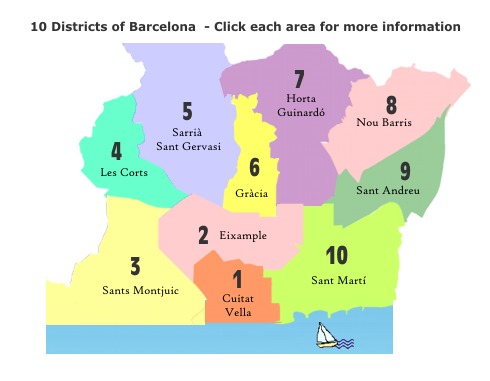Barcelona Neighborhood Map with all important attractions & best places to stay
I am not gonna lie: It took me quite a while to understand the neighborhoods of Barcelona. I was always confusing the Gothic quarter with Born and was never really sure where Eixample started and where it ended. If you feel similar, I got you, don’t worry! This blog post includes a Barcelona Neighborhood map that you can download and display on your phone. I made this map on google maps so you can easily send it to yourself. Apart from that, I added the most important monuments and attractions for each area. Another thing this post includes are recommendations for where to stay in each area of Barcelona. For all budgets, of course!
Advertisements
These are the neighborhoods mentioned in this blogpost:
Gràcia, Eixample, El Born, El Raval, Barri Gótic, Poble-sec, La Barceloneta, Poble-Nou
Other blog posts about Barcelona you might like:
Let’s do a self-guided walking tour of Barcelona!
Do you also like doing walking tours every time you visit a new city? This guide includes a walking tour around Barcelona you can do by yourself. I made sure to include detailed information about every monument and there is an interactive map with an itinerary you can download on your phone.
Barcelona Bucket List: 20 Things you have to do in Barcelona
This Barcelona bucket list includes all the important attractions and places you have to visit when you come to Barcelona for the first time. How many of these items can you cross off during your stay?
The best itinerary for spending 2 days in Barcelona
Make the most out of your weekend in Barcelona. This is the perfect itinerary for spending a weekend in Barcelona. This guide includes recommendations on where to stay, and what monuments to see. And of course, we are visiting a couple of Gaudí masterpieces!
Everything you need to know before visiting Mount Tibidabo in Barcelona
Mount Tibidabo is a true hidden gem and offers one of the best view spots in Barcelona. Apart from that, you get to visit the oldest amusement park in Europe! It is the perfect destination for a little day trip from Barcelona.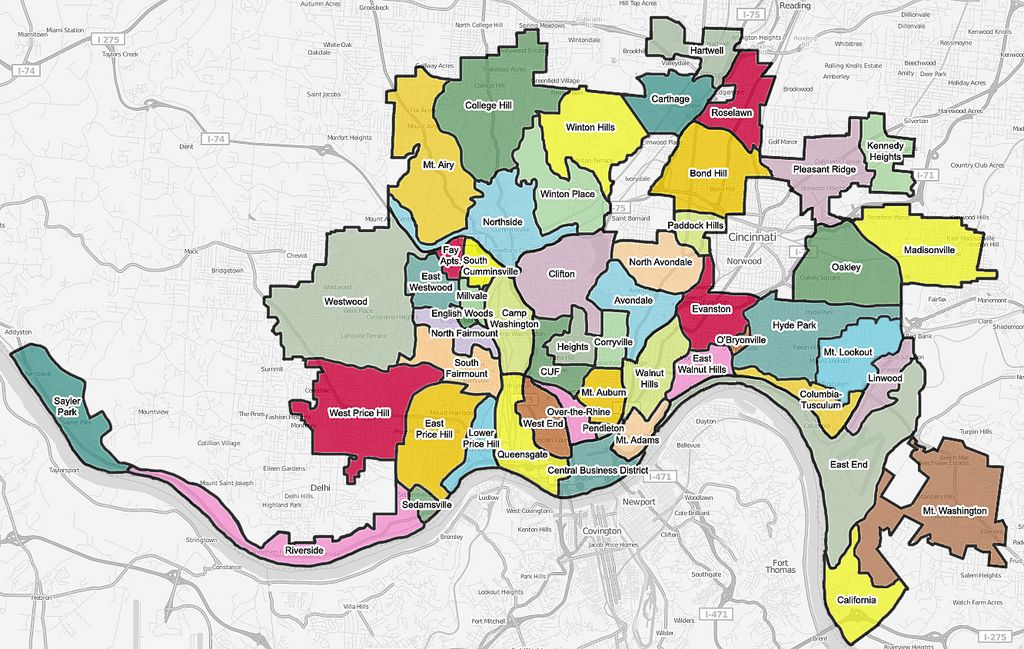
Advertisements
Make sure to go on a free walking tour in Barcelona:
Free walking tours are a MUST when visiting a city for the first time. In my opinion, it is the best way to explore a city from the eyes of a person that lives there. The guides are always local that are absolute experts about the history and the best places to see in the city. How do free walking tours work? These tours do not come with a price tag. That’s why your local guide depends on your tip.
Free walking tours usually take 3-4 hours where you see the best parts of the city you visit. And you learn so much about history. You can ask your guide about the best places to eat or plans for the evening. After the tour, you have time to give your guide a tip. How much should you tip them? This really depends on your budget and how much you liked the tour. I have done free walking tours in many cities all over the world. And I do recommend them 100% 🙂Advertisements
Book your free walking tour in Barcelona here
Must-do Activity: Boat tour along Barcelona’s port:
A great activity you can do in Barcelona is doing a boat trip.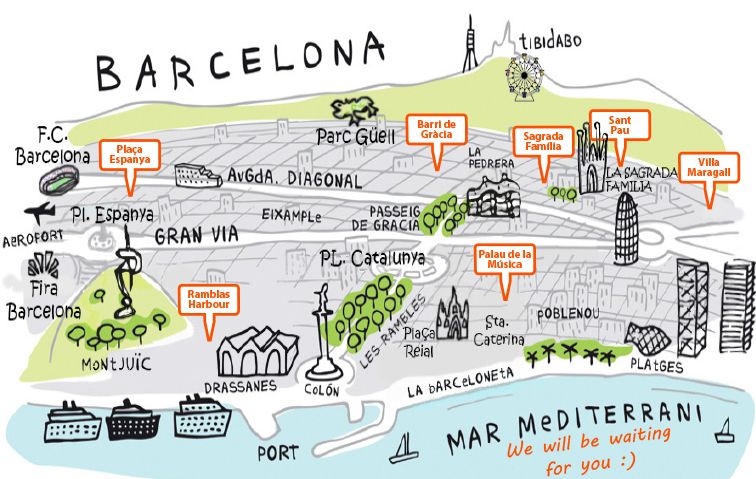
And before you think that this is way too expensive and that you probably can’t afford it, it only costs 12€!!! You can find more information here.
Advertisements
Barcelona Neighborhood Map you can download:Advertisements
Download this Barcelona map by sending it to your e-mail!
In this blog post, we are going to talk about the largest and most important neighborhoods of Barcelona: Grácia, Eixample, El Raval, Poble-sec, Poble-nou, Barri Gòtic, El Born & La Barceloneta
Let’s have a look at Barcelona’s most popular neighborhoods:
1. Explore the hip neighborhood of Barcelona: Gràcia
I decided to start with the neighborhood of Grácia because it feels like a very local area of Barcelona.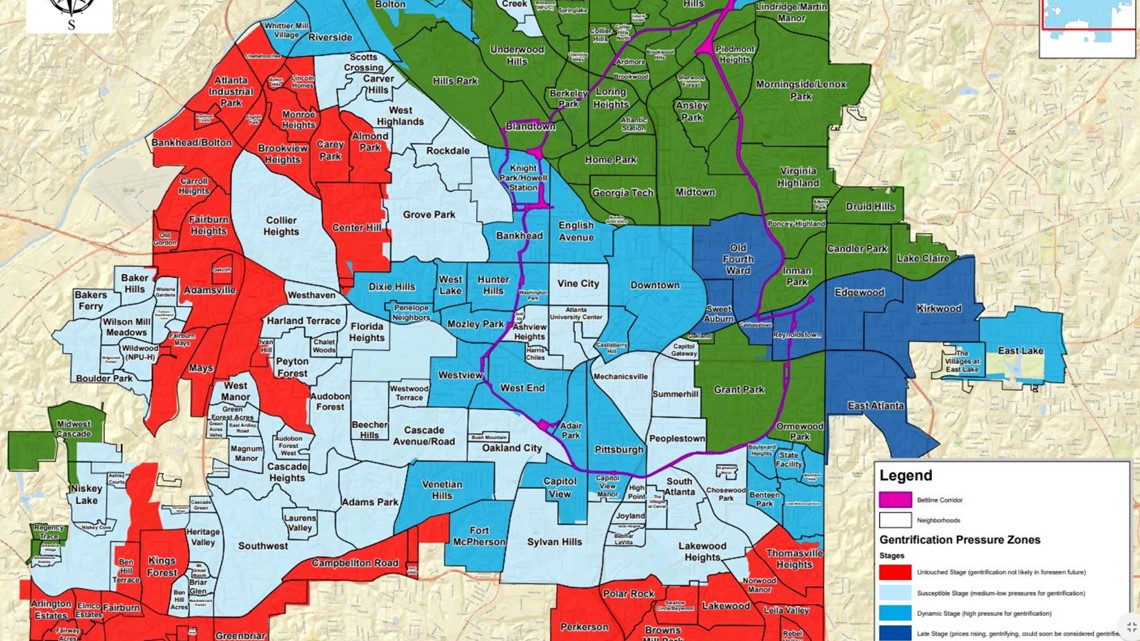
The center of Gràcia is “Plaça del Sol”, where you can find a wide range of bars. Restaurants in Grácia are usually very affordable. Don’t forget, you are a bit further away from the busy street of La Rambla. There are not many tourists here and if you are looking for tourists buses, you will not find them.
Gràcia is also known for its offer of alternative shops and unique boutiques. Maybe you can find the perfect Barcelona souvenir here. And it won’t be one that everybody has!
My tip: Try restaurant “sómodo” for their amazing lunch menu. I promise it will not disappoint!
The best monuments you have to visit in Grácia
Walk around the most beautiful park in Barcelona: Park Güell
You should definitely plan to visit Park Güell during your stay in Barcelona.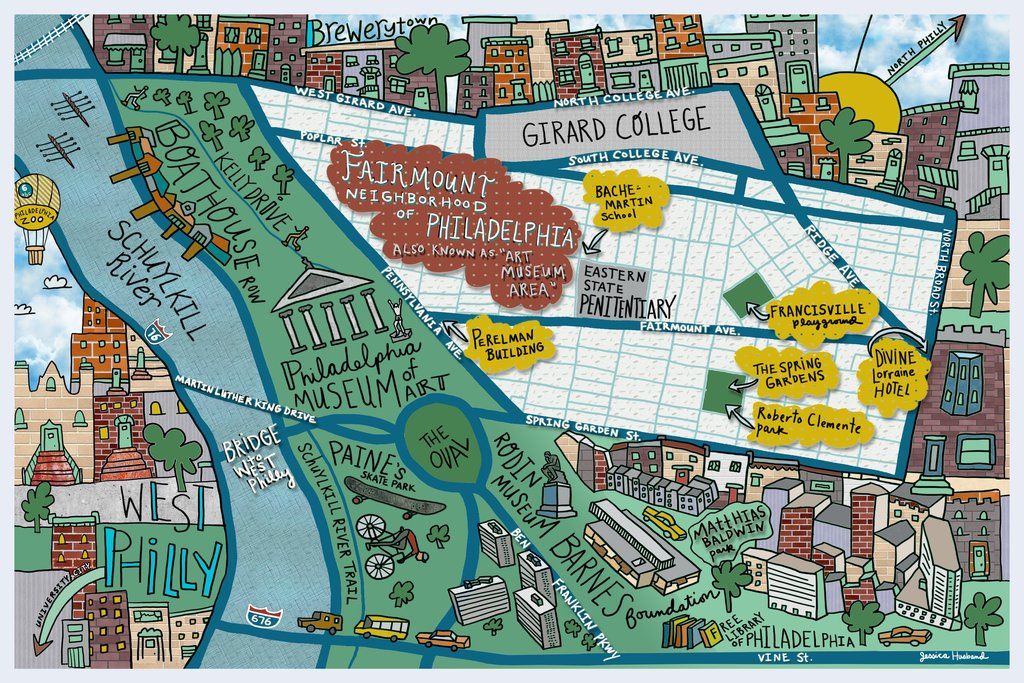
Eusebi Güell, the owner of the park, hired mastermind Antoni Gaudí to design the park. The beautiful architecture we can find in the park is the reason why it was declared a UNESCO World Heritage in 1984. One out of nine in Barcelona. You know, casual.
You can book your tickets in advance here.
Admire Casa Vicens, another Gaudí masterpiece in Barcelona
Casa Vicens is a true hidden gem of Barcelona that many people do not know of! This building was designed by the one and only Antoni Gaudí. And if you happen to be in Gràcia you should definitely check it out. Casa Vicens was one of the first creations of Gaudí. As you might be able to tell while looking at the building he was inspired by Islamic, Indian, and Persian art.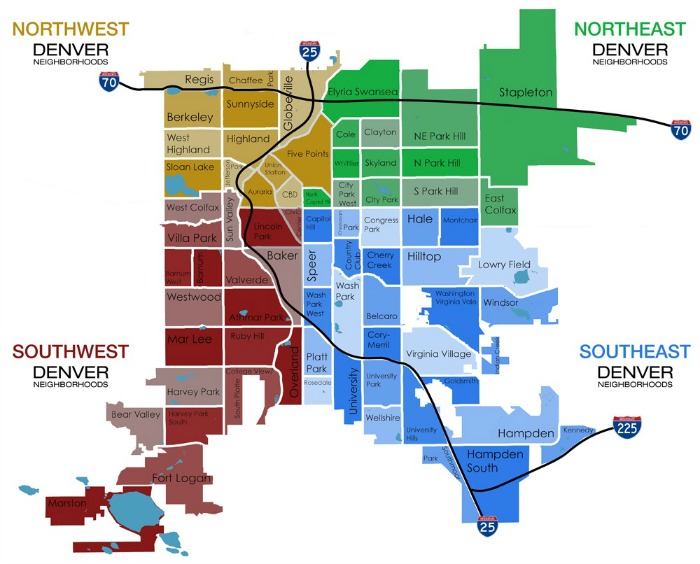
Book your entry tickets here so you can skip the line
The best places to stay in Grácia:
€: Casa Grácia, the most modern hostel you will ever visit
I have met several people that stayed at Casa Gràcia and they all have been telling great things about it. It really is a modern and fancy place to stay in Grácia, but yes, it is still a hostel. You still have the opportunity to stay in a shared dorm, but it won’t be the typical backpacking experience. You will feel like in an actual hotel, but for a much smaller price.Advertisements
€€: Sonder/La Palecete for the local experience
La Palecete is located in a quiet area in Grácia. You will be further away from the tourist areas of Barcelona which will give you the chance to see the real Barcelona. The hotel itself has a very unique and modern interior.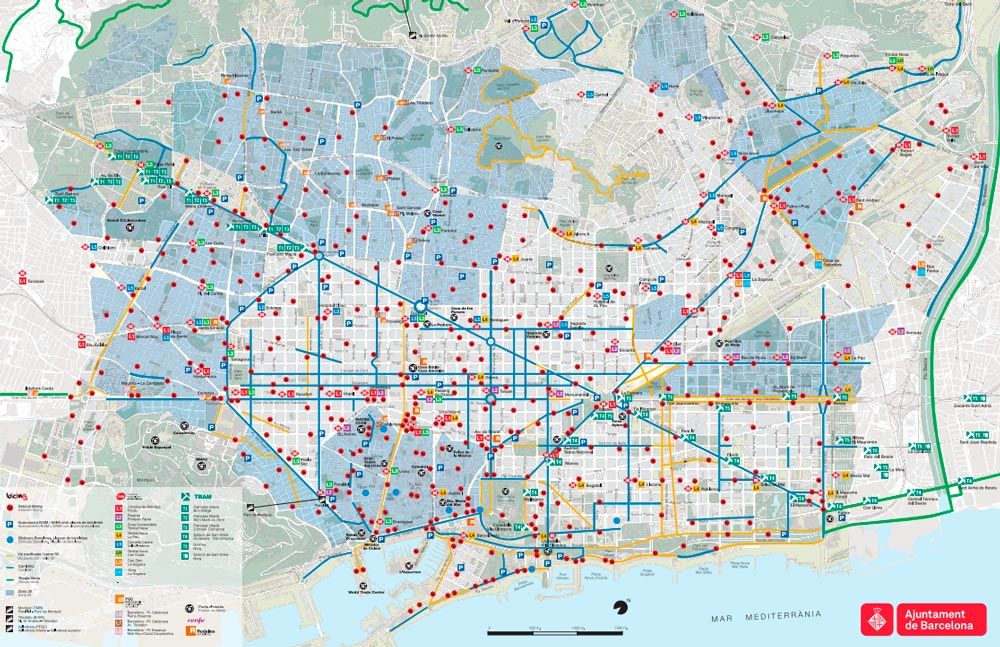
2. See the fancy side of Barcelona: Eixample
We have to thank Eixample for Barcelona’s famous grid pattern that I am sure you have already seen before. ‘Eixample‘ means ‘Extension‘ in Catalan and refers to Eixample being an extension of Barcelona’s oldtown when the city’s population skyrocketed in the 19th century. The grid pattern that is typical for Eixample is the idea urban planners had to accommodate many people but also make it easier to deal with sanitary issues.
Eixample offers many shopping opportunities, from affordable to high-class fashion. If you would like to check out these stores, then ‘Passeig de Gràcia” is your place to go.
By the way, if you take the bus from Barcelona airport to the city center of Barcelona it will leave you at Plaça de Catalunya.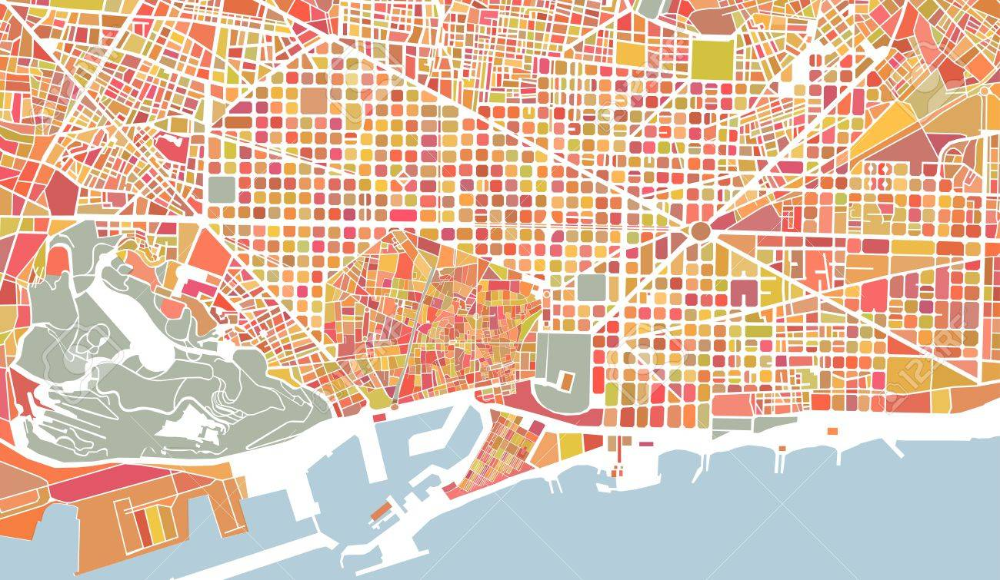
When it comes to restaurants, you should try ‘El Nacional‘ which is a food hall with several restaurants. An amazing place to try Iberian tapas with a glass of wine. A brunch place I want to mention here is “Ugot“. Probably one of the best brunch places in Barcelona.Advertisements
Spending the evening in El NacionalAdvertisements
AdvertisementsPlaces to see in Eixample:
Admire Spain’s most iconic landmark: La Sagrada Familia (Duh!)
Of course, you cannot leave Barcelona without seeing the Sagrada Familia before. The Sagrada Familia is the most famous masterpiece of the one and only Antoni Gaudí. He died in 1926 before he was able to finish it. And up to today, Barcelona’s most famous landmark remains unfinished! You just have to look at the detailed architecture. I promise it is something you have never seen before! I would highly recommend seeing the Sagrada Familia from inside if you have the time.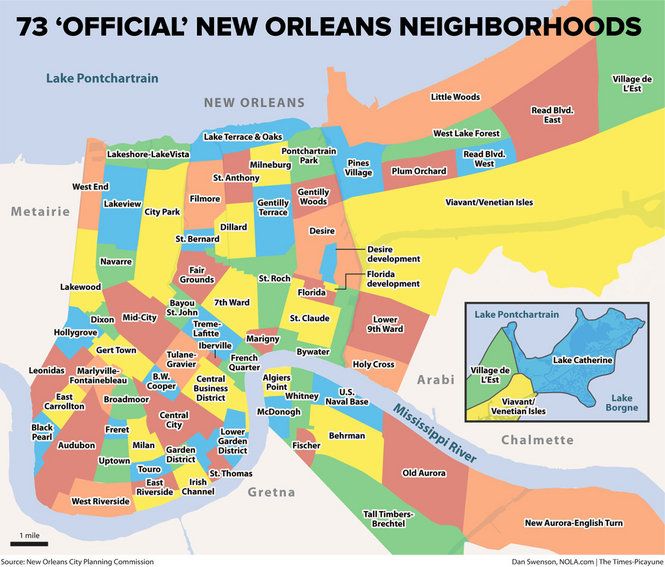
My tip: If you book your tickets online you can skip the line. As you can imagine the area gets quite crowded so you should avoid waiting in line.
Accommodation in Eixample:
€€: Hotel Ayre Rosseló, the hotel with the best view of the Sagrada Familia
I absolutely adore this hotel for one reason: You have the best view of the Sagrada Familia on their rooftop. And many people do not know that, so it still is like a hidden gem of Barcelona. The hotel is very modern and has a beautiful interior. A great place with an outstanding location.
The rooftop at Hotel Are Rosseló
€€€: The best view of Barcelona’s skyline on the NH Collection Barcelona Gran Hotel Calderón
Wow! Wow! WOW! I am not exaggerating when I say this hotel looks like the biggest dream. The views from the rooftop (and rooftop pool!) are absolutely stunning. If you want to relax and treat yourself during your stay in Barcelona, check this place out!
3.
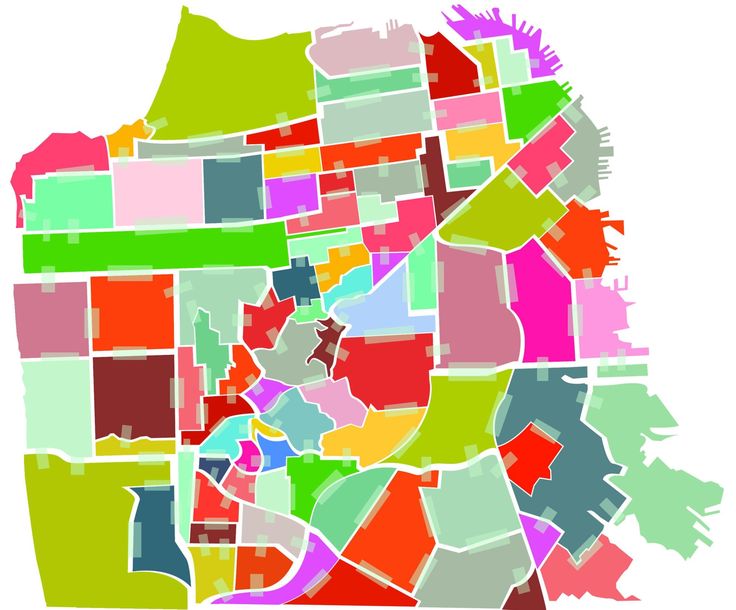
El Born is probably one of the most popular and international neighborhoods of Barcelona. The center of Born is the street called “Passeig del Born”, which has also become a popular nightlife destination for tourists and locals. Born is full of unique little shops selling everything from clothes, and jewelry to cute accessories. One of the oldest streets is called Carrer de Montcada, whose history goes back to the 12th century. Back then, wealthy traders started building their mansions on this street. Mostly all of them are in the beautiful gothic style that we can see there now.
Born is so diverse, that it has a lot to offer when it comes to food. Dr. Stravinski is one of the best cocktail bars in Barcelona, that you absolutely have to visit. Another popular destination for food is Mr. Robinson. A hip restaurant that plays music and serves great cocktails.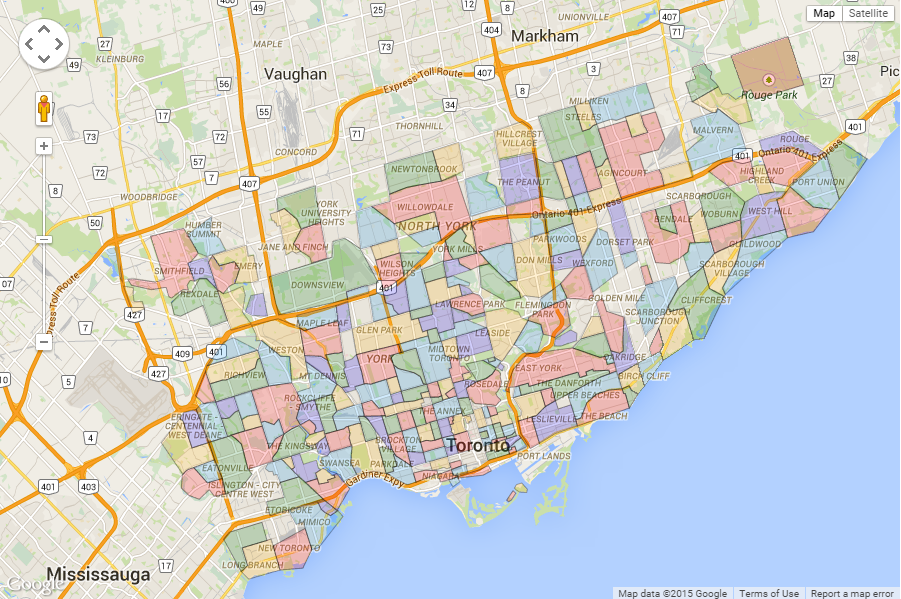
The main tourist attractions to see in Born
El Born Centre de Cultura i Memòria, the ruins underneath Born
Did you know that underneath the neighborhood of Born are ruins from an old city from the 18th century? This cultural space is located in the old market hall of Born, which, by the way, was supposed to be turned into a library in 2002. But once construction work started it ended abruptly once the ruins of a city from the 18th century were found. And since 2013 the whole area is open to the public.
Visit the MOCO Museum to see impressive contemporary art!
I took my mom to see this museum and she was very impressed! You will find artworks by very famous artists like Banksy, Salvador Dalí or Andy Warhol. Apart from paintings, this museum also shows digital art and even NFTs. I really liked how interactive it was, and I found it very interesting to see the different rooms with different themes.
Advertisements
Accommodation in Born
€: Hotel Oasis, the affordable option for Born
This hotel has everything you could ask for: Modern rooms with a beautiful aesthetic, a beautiful rooftop bar, and even a pool. That is why I was very surprised when I saw the price of it. The perfect option if you are looking for an affordable place to stay in Born.
€€: Relax at the Rooftop pool at K+K Hotel Picasso El Born
This is a very popular hotel in Born, and rightfully so. The location is amazing – it is located right across Parc de la Ciutadella. And the beach is just a short walk away as well. And just look at this amazing rooftop pool! Imagine having a drink there while watching all over Barcelona’s skyline!Advertisements
4. Check out Barcelona’s multicultural neighborhood El Raval with its vibrant nightlife
El Raval is the area of Barcelona famous for its crazy nightlife and countless bars.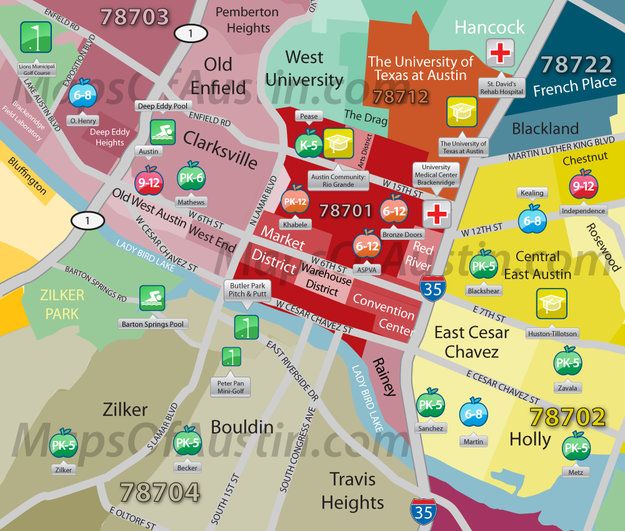
While walking down La Rambla del Raval you will find a sculpture of a voluminous cat by the Colombian artist Botero. This cat arrived at Raval in 2003 and since then became the symbol of the whole neighborhood.
When it comes to food places Raval has a lot to offer: Try Tapas bar ‘El Jardí’ which is located in the garden of the old hospital Santa Creu. Another advantage of Raval is that you will be right between Barcelona’s two most famous food markets: La Boqueria and Mercat Sant Antoní.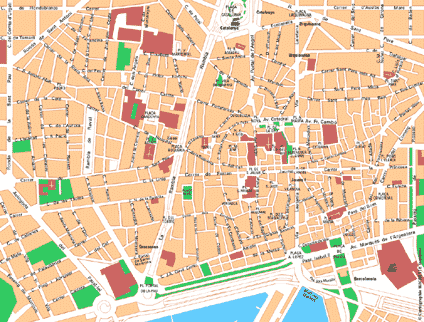
El Raval is the one area everyone warns you about pickpockets, so a word of warning from my side as well. As in all big cities, you should always take care of your belongings.
Monuments to visit in Raval:
Sant Pau del Camp, an impressive former monastery
The first time I saw this beautiful building I could not believe it was in the center of Barcelona. Sant Pau del Camp is a former monastery, that is now a church. It is famous for its elegant Moorish arches and for how well it is preserved. And it is one of the oldest churches in Barcelona!
Admire Modern Art at the Museu d’Art Contemporani de Barcelona
This is THE place to go for modern Catalan art. I have to admit that I do not always like modern art museums, but this one really impressed me. The museum changes its exhibitions every 3-4 months, so check out the current exhibitions and see if this is something that could interest you!
Another interesting fact is that the area outside of the museum is known to be one of the most iconic skateboarding places in Barcelona.
The best places to stay in Raval:
€€: Stay in a hotel full of history at Hotel 1898
This hotel is perfect if you want to stay central and love authentic and historic hotels. Hotel 1898 got its name due to the year it was built. Over history, it was the headquarters of the General Philippines Tobacco company. A very beautiful place with character!
€€: Teleport yourself back to the 60s at Sixties Ramblas
I am adding this to the list because it might be fun to stay at an unconventional hotel. The interior of this hotel is designed to look like from the 60s. From the tiles in the bathroom to the cute Beatle in the lobby. Everything is vintage and unique. And the location is great, too!
5. Barrio Gótico, Barcelona’s romatic neighbourhood
Welcome to one of the oldest neighborhoods of Barcelona – barri gótic (the gothic quarter). The Gothic quarter in Barcelona goes from the famous La Rambla to Vía Laietana and is part of the old city (Ciutat Vella).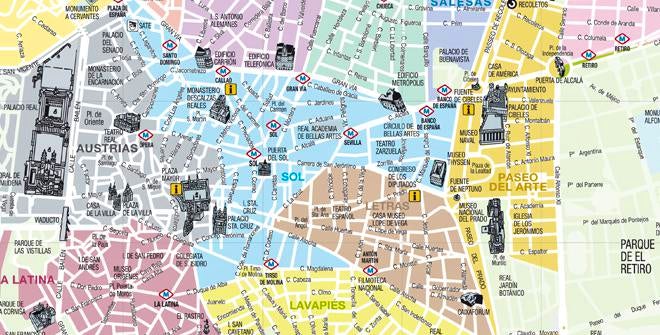
There are so many small and curvy streets in the gothic quarter, you will feel like walking in a romantic labyrinth. But there are also many squares with bars and restaurants where you can sit down and enjoy a drink.
A gem in the Barrio Gótico you have to check out is El Quatre Gats, the bar where Pablo Picasso liked to hang out. Another place you have to check out is Plaça Reial, where you can see the famous lanterns wearing helmets, one of Gaudí’s first designs from his earlier years.
Monuments to see in the Barrio Gótico
Barcelona’s Cathedral:
Catedral de la Santa Creu i Santa Eulàlia
The Cathedral of Barcelona is probably the symbol of the gothic quarter and a beautiful eye-catcher. It is built in a beautiful gothic design and, as mentioned before, was built in the 15th century.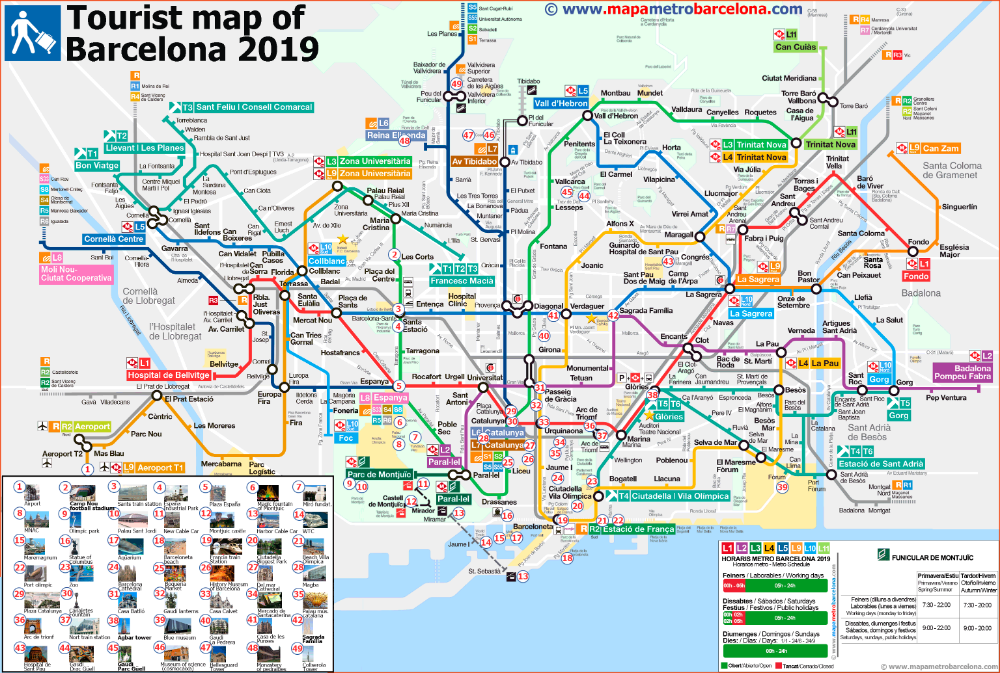
Once you are there, make sure to admire its stunning gothic architecture from the outside. If you decide to go inside (entry costs 9€), you will be able to see the gorgeous golden furnishing and ornaments inside. By the way, you can go up to the top of the Cathedral for amazing views all over Barcelona!
If you plan on going inside the cathedral: Make sure your clothes are covering your knees and shoulders, otherwise you might not be able to go inside.
Advertisementsreport this ad
Learn about the tragic history of Plaça Sant Felip Neri
I am adding this little square to this blog post because many people do not know about its sad history. Plaça Sant Felip Neri is a small square with a beautiful little fountain, right next to the Church Sant Felip Neri. This square, which almost seems idyllic, actually has a very sad story:
Fascists bombs hit this place in January 1938, killing 42 people, mainly children that sought refugee in the bunkers underneath the church.
You can still see the damaged walls of the buildings on this plaza. It reminds us of the Spanish Civil War and the many lives it took. You can find a small sign placed on the square for the victims of this tragic night.
Look at how damaged the wall is!
Where to stay in the Barrio Gótico?
€€: Affordable & Chic: CoolRooms Maldà
I am very impressed by this hotel because you get really good value for money. And it has amazing reviews on bookiong.com. Just by looking at the interior, I think this hotel can compete with higher-class hotels. I love the design, especially the bathrooms are stunning. And you will be staying right next to Barcelona’s cathedral.
€€€: Hotel Neri, one of the most exclusive hotels in Barcelona
This must be one of the most elegant hotels I have ever seen! The interior is so aesthetic and beautiful, I am sure you will have a relaxing time there. It is located in an 18th-century aristocratic house in the center of the Gothic quarter.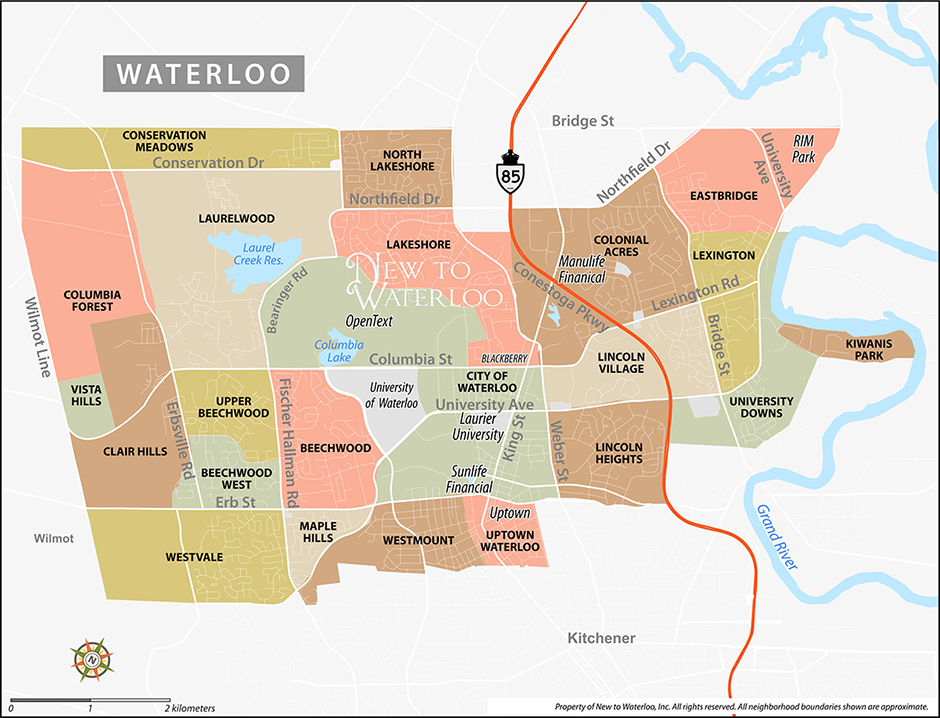
6. Poble-Sec, the artsy area of Barcelona
Poble-sec means “dry village” in Catalan, and the explanation is quite interesting: This part of Barcelona had no access to water until a fountain was built in the 19th century. Barcelona was a city completely closed in city walls up to the late 19th century. During that time, Barcelona was quite overcrowded, the living conditions were horrible. And as you can imagine, the sanitary during that time was not any good either. One part of the city wall can still be seen at the end of Avinguda del Paraŀlel.
Nowadays, Poble-sec is a quiet residential area and many locals live here. But there are also many local bars and multicultural restaurants in this area. And we can always find amazing street art sprinkled all over the neighborhood.
When it comes to food, I would recommend trying Bar Celona (great wordplay!).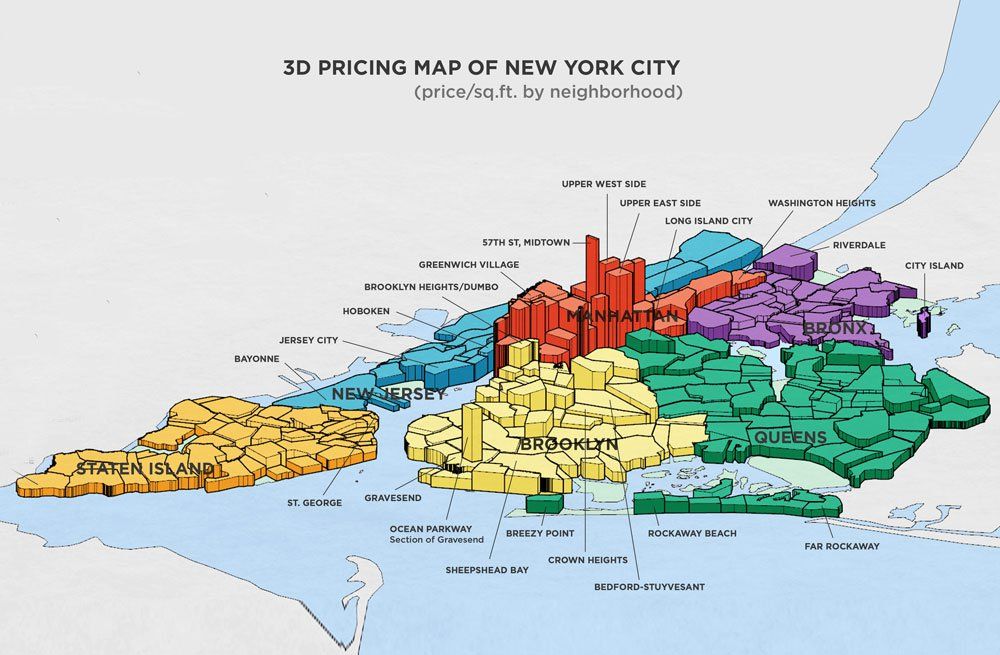
Monuments to see in Poble-sec
Montjuïc is a hill in the southwest of Barcelona. The name “Montjuïc” means “Jewish Mountain” in Catalan and it used to be the home of the Jewish community of Barcelona. Nowadays, it is one of the most popular areas of the city. And when you come here, you have to check out the following things:
- National Museum of Catalán Art: This museum shows a timeline of Catalan Art. You will find paintings, sculptures and engravings by artists like Picasso, Gaudí or Ramon Casas
- Magic Fountain: Hundreds of people gather during the evening in summer to see the beautiful musical performance of the Magic Fountain.
Here you can check when the next performances take place (completely for free!)
- Poble Espanyol: ‘Poble Espanyol’ means ‘Spanish Village’ in Catalan and is a beautiful recreation of an Iberian village using the traditional architecture of Spain. Very recommended!
The best places to stay in Poble-sec:
€€: Hotel Brummel, the ultimate boutique hotel in Barcelona
Wow! This hotel is absolutely elegant and the interior looks stunning. It is very close to Montjuïc, so a great area to stay in Barcelona. The rooftop looks absolutely beautiful and look how much light all these rooms have!
€: Hostal Apolo, an affordable stay in Poble-Sec
This hostel is the perfect option if you are looking for an affordable stay. Let’s be honest: You will probably not spend that much time in your room anyway. This place really has everything you could ask for and is super central. A great location in Poble-sec!
Advertisements7.
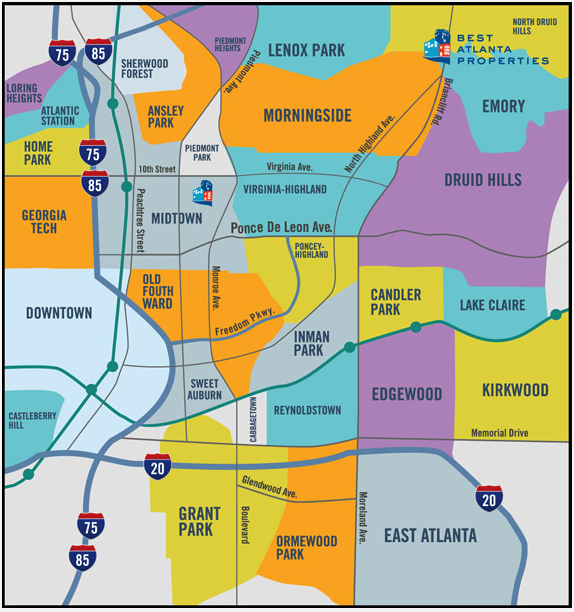
Can you believe me if I tell you that this part of Barcelona used to be a small fisherman village in the 18th century? It only took a couple of centuries to convert this little village into one of Barcelona’s most famous areas.
La Barceloneta is famous for its beach restaurants serving seafood and other Spanish meals. Of course, the port of Barcelona is also just a short walk away. Apart from that, it is also famous for its (rather expensive) nightlife, big clubs and fancy hotels by the beach.
When it comes to food and you would like to try authentic cuisine, I would recommend trying Can Solé. Another place I really like is Restaurante Brisa with awesome views of the whole port. Worth checking out!
Monuments to see in La Barceloneta
Learn about Catalonia’s history at Museu d’Història de Catalunya
This museum is already worth visiting because it is located in the beautiful Palau del Mar building from the 19th century.:format(webp)/cdn.vox-cdn.com/uploads/chorus_image/image/58594395/Screen_Shot_2018_02_06_at_1.33.09_PM.0.png)
Advertisements
Where to stay in La Barceloneta:
€€: Affordable & by the beach:
Hotel 54 Barceloneta
This stylish design hotel is only 3 minutes away from the beach. I mean, how can you top that? The interior is very modern and clean. An amazing place to stay if you want to stay close to the beaches, but also not too far away from the old town!
€€€: Barcelona’s most iconic hotel, W Hotel
This is, without doubt, the most famous hotel in Barcelona. It is located right at the beach in the neighborhood of La Barceloneta and is one of the fanciest hotels in town. The W hotel has a SPA, several restaurants, a rooftop bar, a pool, and soooo much more!
8. Poble-Nou, Barcelona’s former industrial neighborhood
Poble-Nou means “new village” in Catalan, and that is exactly what this part of Barcelona is about! This part of Barcelona is definitely more quiet and calm, but it does not mean you should skip it.
Monuments in Poble-Nou:
Visit an art exhibition in an old textile factory: Museo Can Framis
Museum Can Framis is located in an old textile factory from the 18th century and, nowadays, offers exhibitions of modern art. That textile factory used to belong to the Framis family, hence the name Museo Can Framis. The shown art is mainly from Catalan artists or artists that live in Catalonia.
Check out Barcelona’s coolest market: Palo Alto
I am adding this market because I am sure that a neighborhood like Poble-Nou is going to have amazing markets! It is also housed in an old factory and the perfect place to buy vintage clothes or souvenirs.
The best places to stay in Poble-Nou:
€: Twentytú Hostel, the place to stay for young travellers
I have walked by this hostel a couple of times and have always thought that it must be a great place to stay while traveling alone or with friends. This hostel offers shared and private rooms, with anything you could ask for during your stay in Barcelona. And you will be staying in the heart of Poble-Nou!
€€:
Hotel SB Glow **** Sup, a modern hotel in Poble-Nou
I feel like this hotel represents Poble-Nou very well. The building and the interior look very modern and artsy. Apart from that, it is located in a great area, not too far away from the Sagrada Familia. Of course, I love that rooftop pool!
Best Barcelona neighborhoods + map
For your next stay in Catalonia, you don’t know where to stay in Barcelona to visit and where are the best neighborhoods in Barcelona ?
This is what all tourists ask themselves before choosing their hotel or rental in Barcelona.
Relying on reliable information sourced from the local media, the business press, forums and statistics, I make below a comparison of the different districts of Barcelona. To locate them, I have attached an interactive Google Map. Thus, you will distinguish the neighborhoods to avoid in Barcelona and best neighborhoods to stay as a tourist.
Barcelona a dangerous city?
NO : The people of Barcelona and people who know the city well will tell you that no, Barcelona is not a dangerous city. They feel safe there and don’t want to hear that there is danger in some parts of Barcelona.
YES : Even if in 2023 Barcelona is not one of the most criminal cities in Europe like Minsk, Marseille, Catania, Montpellier, Naples, Paris ou London, it is still at the top of the Numbeo 2023 ranking of the crime of 156 European cities..jpg)
In fact, Barcelona would be the 35th most criminal city out of 156 with a crime index of 46,23.
However, the subjectivity of this classification must be taken into account. Indeed, these statistics are established with the opinions and feelings of Internet users and not with official figures on insecurity or the crime rate.
And when there is insecurity in Barcelona, it is only in certain parts of the city. Apart from a few red light districts of Barcelona, the city is no longer dangerous than Madrid, Florence, Berlin or New York.
Barcelona neighborhood map
The city is so big and so extensive that it is difficult to spot the different districts of Barcelona. Here is a map that can be enlarged to locate the neighborhoods to avoid and best neighborhoods in Barcelona.
Dangerous neighborhoods Barcelona
Before communicating to you the best neighborhoods in Barcelona, let’s see which neighborhoods to avoid for tourists.
In fact, even if Barcelona is not considered a dangerous city in terms of crime, it is nevertheless known for its high rate of theft, robberies, trafficking and petty crime.
And these are the tourists, during their Barcelona tour, who are the first to be affected.
Discover below the districts where tourists can be targeted and therefore that it is better to avoid when choosing your accommodation.
Barcelona and pickpockets
Pickpockets are present in all tourist cities in Europe and around the world. And the strategic places for pickpockets are obviously the main tourist sites of the city:
- The Holy Family
- The Barri Gotic
- Barcelona Cathedral
- The Ramblas
- The Boqueria Market
- Catalonia Square
- Passeig de Gracia
- The Casa Batlló
- The Milan House
- Park Güell
To avoid problems, tourists should be careful especially throughout the historic center, in shops, restaurants and public transport.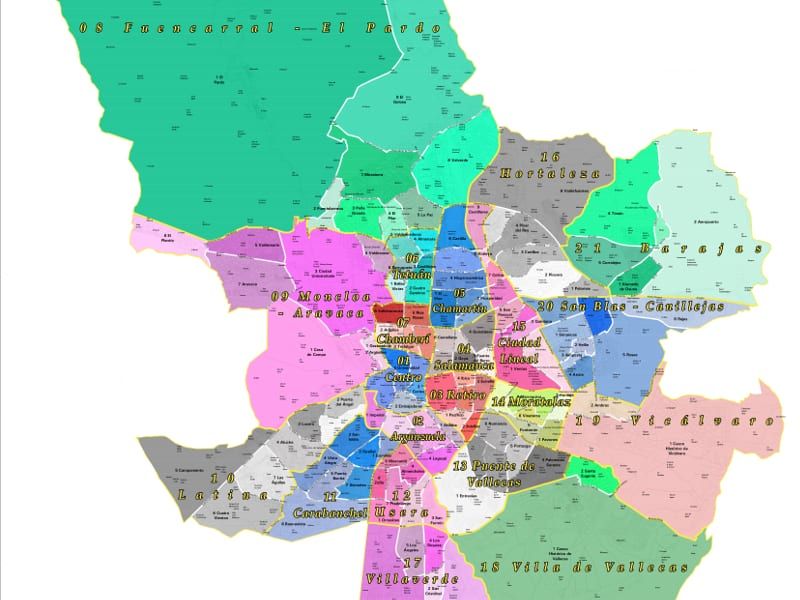
Hot districts of Barcelona
Here are the main places that are deemed to be the hottest in Barcelona (non-exhaustive list):
- El Raval district : This popular and very lively district which is close to Barri Gothic is the least safe in Barcelona, especially at night.
- Barceloneta district – This district and its beach are very popular with young tourists who come to Barcelona to party. It is an old fishing district that has changed with the arrival of party tourists. Today it brings together many bars, pubs, restaurants, clubs …
- Las Ramblas – This famous avenue is the favorite rendezvous of many pickpockets who walk there pretending to be tourists. Late at night, it can also be the meeting place for petty criminals, drug dealers and prostitutes.
Where to stay in Barcelona to visit?
Fullerenes safest neighborhoods in Barcelona et the best locations to visit are located in the city center but in residential areas:
Best neighborhood Barcelona – Eixample
This is a chic area ideal for visiting Barcelona on foot, for shopping on Passeig de Gracia and for enjoying the many good restaurants known to be the best.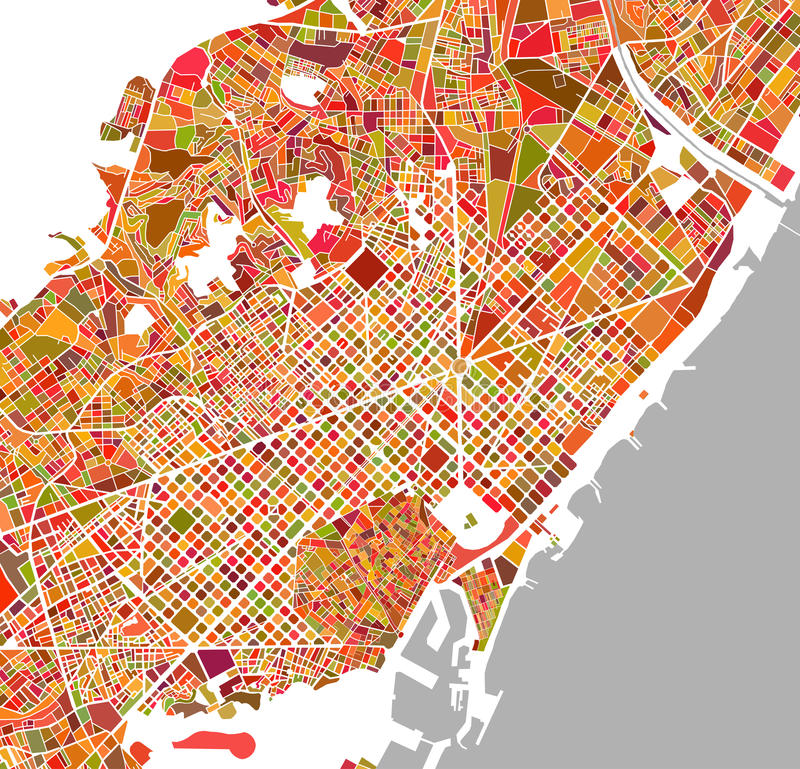
It is in this district that we find the most beautiful squares and streets of the city: Rambla de Catalunya, Plaça Catalunya, Passeig de Gracia, Carrer Aragon, Plaza de la Sagrada Familia, etc … In terms of architecture, it is a open-air museum. Indeed, art nouveau (modernism) is present on every street corner, on all facades and balconies (wood, glass, ceramic, wrought iron, etc.).
But you should know that there are 2 districts in 1. In fact, there is the district Eixample Esquerra (from left) and the neighborhood Eixample Dreta (of right).
Eixample Dreta
The right side of Eixample includes Passeig de Gràcia where Gaudi’s La Pedrera and Casa Batlló are located. And for shopaholics, this is where you’ll find the largest selection of fashion boutiques and big names. See my advice to find out where to shop in Barcelona.
Eixample Esquerra: Best neighborhood in the world!
It is not me who says it but the famous English review Time-out.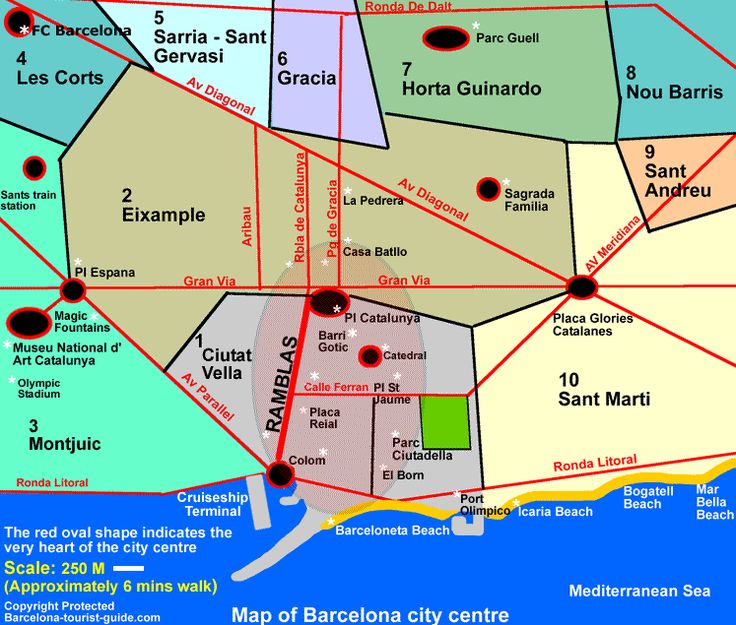
Best neighborhood Barcelona – Gracia
Gracia is a safe and pleasant neighborhood in the center of Barcelona. Without being closer to the historic center, it is ideal for visiting Casa Vicens, Casa Milà and Sagrada Familia.
Less known to tourists, in this district, the accommodation offers are a little cheaper than elsewhere in Barcelona. However, this district is interesting because it has kept all its authenticity, with its pretty little squares, nice shops and bars where the locals go.
Best neighborhoods Barcelona – Sarria
This calm, peaceful and residential area is perfect for spending holidays or for staying on business trips.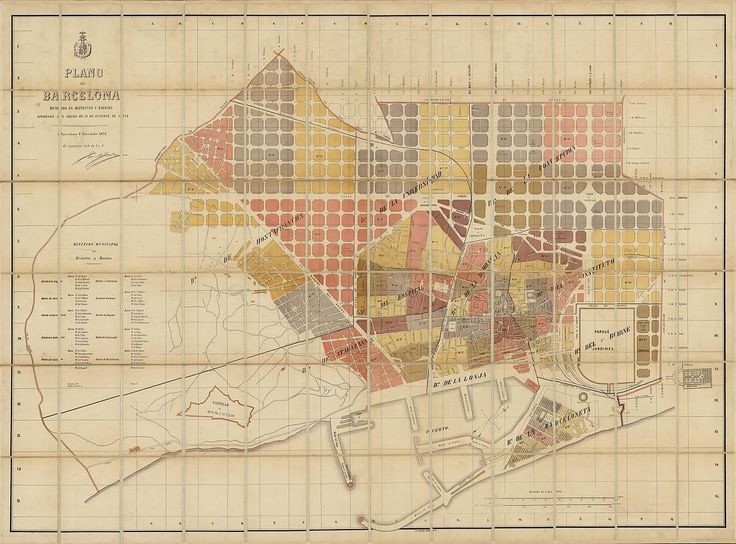
In which district to choose your hotel in Barcelona?
The most beautiful hotels can be found in the most beautiful areas of Barcelona of course! But there are also small, inexpensive hotels there.
It is therefore in the Eixample district that I recommend a nice accommodation that is well placed to visit Barcelona. Indeed, the Boutique Hotel h20 Catalonia Plaza is located on the famous Plaza de Catalunya and 200 meters from Las Ramblas! Plus, it’s right next to the metro.
Recommended hotel in Barcelona
You hesitate to visit Barcelona… why not visit Amsterdam, Rome, Venice, Paris ou Lisbon ?
|
DOWNLOAD (1. · Screenshot · Print · Write to the author · Order a map historical area in Sev. Vost. Spain. The population is a goal. rank. Catalans. Adm. center – Barcelona. From 877 to ter. K. was the county of Barcelona (since the 12th century they called K.). From 1137 K. – as part of the kingdom of Aragon, from 1479province of united Spain. Until 1714 it maintained a significant flight. independence. In 1914-25 she had a local organ. self-government – Mancomunidad. During the Spanish Revolution of 1931-39, C. 1932-34 and 1936-39 had autonomy. In the years of the fascist. During the Franco dictatorship, the working people of China experienced flight. and national harassment. The inhabitants of K. waged a constant struggle for their rights. On October 1, 1977, the autonomy of Kazakhstan was restored (secured by the constitution of 1978). The Catalans are a people who live mainly in Spain (in Catalonia, partly in Aragon, Valencia, on the Balearic and Pitius Islands), as well as in France, Italy, the USA, lat. America and other countries. Tot. number – approx. 7500000 people. . They speak Catalan and Spanish. Believers in K. are Catholics. The ancestors of the K. were Iberian tribes that were influenced by the Celts, Romans, Alans, Visigoths, Arabs, Franks, and others. From the 15th century. The K. fought for their autonomy. In the course of this struggle, the Catalan nation gradually took shape. Main K.’s occupations are agriculture, fishing; a significant part of K. works in the industry. Features of the culture of Cameroon are found in unique dances (sardana, contrapass, etc.), choral singing, and crafts (artistic forging, majolica). K. have a rich l-ru in their native language. + main material: Detailed map of Spain Barcelona is a major city in the North. ORDER CARD PRODUCTION Tags: Barcelona, 2016, catalonia, geography, area maps, Europe, maps, Spain, 2015 + materials on the topic: Material source Free publication of site materials, provided that there is a link to the site. Here, communication with the author of the project on advertising, development and support of the project, information exchange, copyright – in contacts. Site administrator mail – [email protected]. Article 29.4 Everyone has the right to freely seek, receive, transmit, produce and distribute information in any lawful manner. The list of information constituting a state secret is determined by federal law. © fedoroff.net
|
Read online “Points on the map of BARCELONA”, Olga Yarmolovich – Litres
Editor -6
Created by an intellectual publishing house Ridero system
Introduction – let’s hold our breath with delight
“Cities have a short memory, and to keep it alive, you need someone like me, a painstaking explorer.
”
Safon Carlos Prisoner of the Sky
You are holding a book about an amazing city and amazing places that you can discover. These points on the map, each of which has its own unique history and charm, forming a bright mosaic, like the stained glass windows of the Sagrada Familia Cathedral, will reveal to you the secrets of beautiful Barcelona.
Barcelona is the city of Gaudi, the city of inspiration, the city of films, the city of books, the city of poets, architects and artists, the city of Picasso, the city of Columbus, and this is the city of everyone who, having been in it, will fall in love without looking back and leave a piece of themselves on its curved – flat streets.
Everyone knows what the Eiffel Tower, the Colosseum and the Taj Mahal look like. The images of these world-famous sights are imprinted in our minds in the process of growing up and without additional effort. Coming to Paris and seeing its world-famous tower for the first time, a person always lets out a sigh of admiration.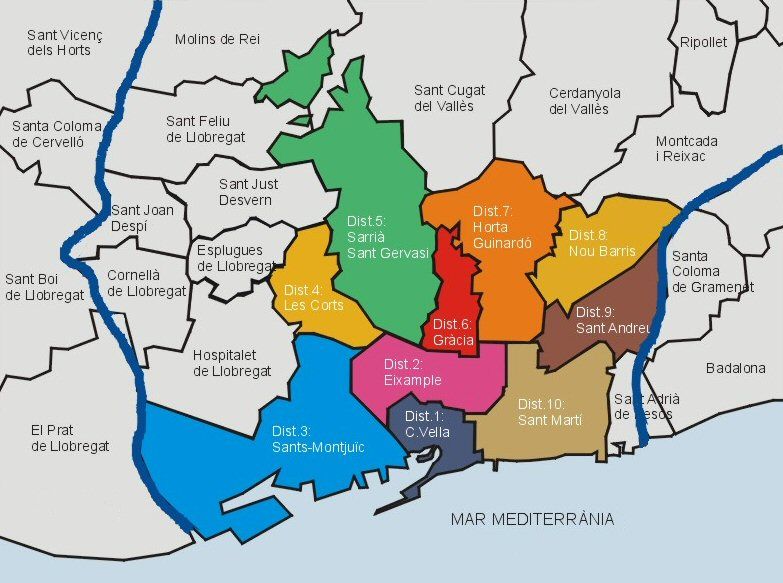
In this book, I want to take you through the streets of Barcelona with meaning, immerse you in the history of the bright objects of architecture located on its map. I want to invite you into a fascinating immersion in the world of a Mediterranean beauty with its bright accents, mysterious ghosts of the past wandering through the narrow streets of the Gothic quarter, colorful mosaic colors spilled throughout the city, mountains and the sea frozen in stone, unique taste and smell, in the world of the city, which opens up to everyone from its own angle, into the world of enticing mysteries and seductive secrets, the world, having plunged into which, you will never forget it.
View of the city from El Carmel Bunker
As you delve into the history of the city’s growth and its bright spots, you can feel the four events that changed its face: the 1888 and 1929 World’s Fairs, the 1992 Olympics, and the modernist vogue.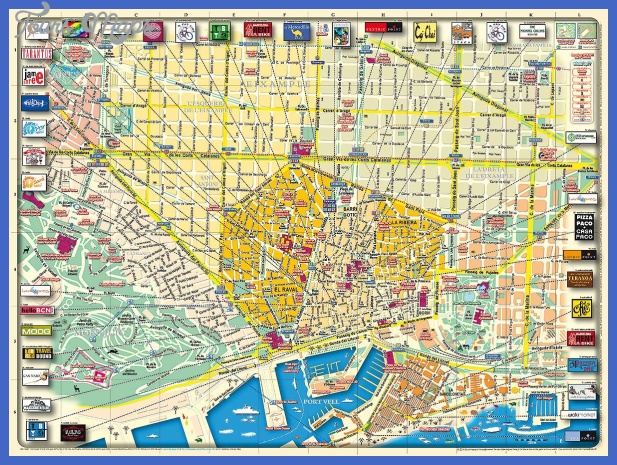
Barcelona is an absolutely amazing city that has collected all the best from all over Europe in its mosaic. He looks so much like Paris that he sometimes even plays his role in films; pretends to be so strict that lions keep him, like London ones; carries noise and celebration like sunny Italy, but instead of pasta it offers rice; and the honor of being the country under whose flag America was discovered, he playfully presented to neighboring Portugal, bribing with his generosity.
This guide is for those who like to approach travel as an adventure, explore the treasures that cities hide behind their walls and know the way to their secret. My goal is to immerse you in the history of creating attractions, draw its image, create an anticipation of meeting with it and lift the veil over its secrets, and from which side it will open for you, you will not know until you see everything with your own eyes.
Each city has its own color, smell and taste. Barcelona is yellow in many ways, filled with black and yellow taxis scurrying through the streets and avenues, vibrant beaches, and, of course, sunshine.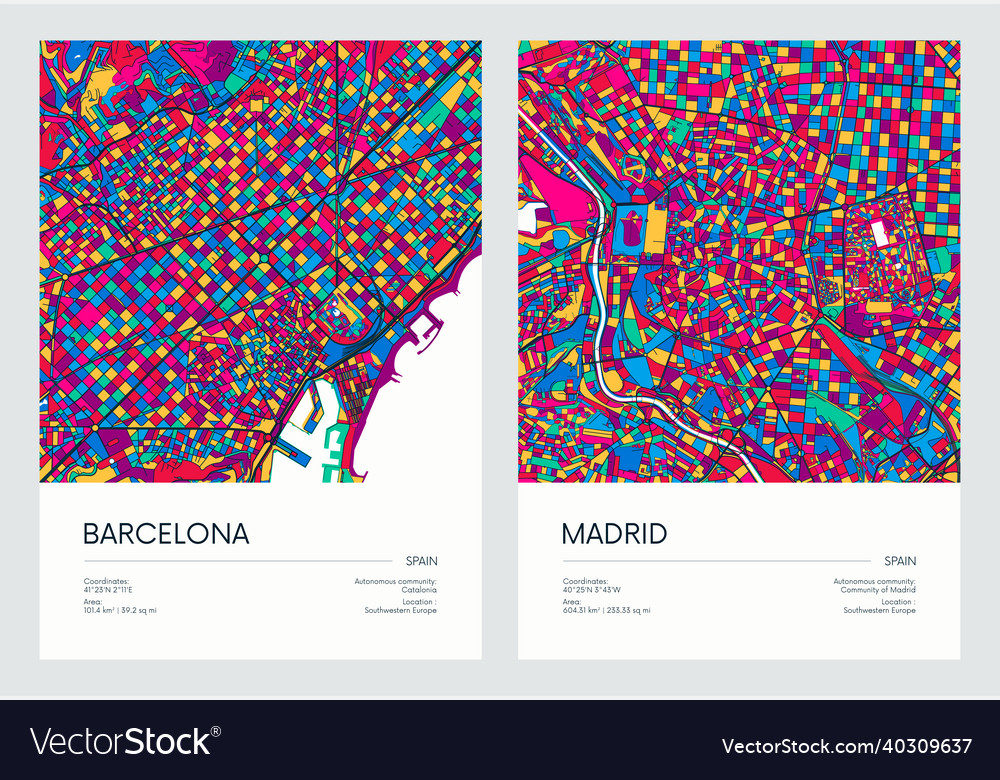
Framed on one side by the sea and on the other side by the Collserola mountain range, the pearl irresistibly attracts people from all over the world. The Mediterranean prankster charms, falls in love with herself and makes her come back again and again. Now it’s hard for me to imagine, but the first time I came to Barcelona on a package tour, I didn’t know anything about it, except for rave reviews. Friends and colleagues assured me that I would definitely like it, and I liked it so much that I returned more than once to the warm embraces of the bright seductress.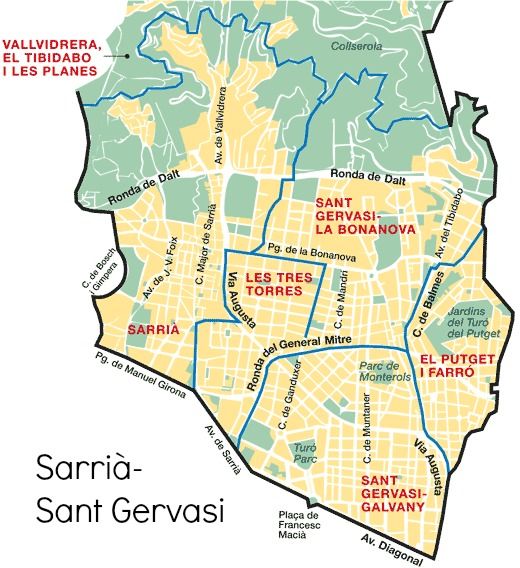
I have seen Barcelona through the lens of the creativity of many other people it has inspired. A separate chapter of the guide is devoted to this, illustrating the path of the recalcitrant city, reflected in art. I am sure that it will certainly inspire you, too, to accomplish things in your life: for example, it inspired me to write this guide.
The main part of the book is divided into two halves. In the “Accents of Barcelona” section, you can get acquainted with the bright strokes that make up her portrait, without unnecessary lyrics, penetrate into the essence and history of the creation of monuments and cathedrals, the history of streets and houses, which individually are masterpieces, but all together give us an inimitable city – Barcelona.
In the second part of the guide – “Barcelona – Immersion” – you will find a more detailed history of the creation and life of the most diverse parts of Barcelona.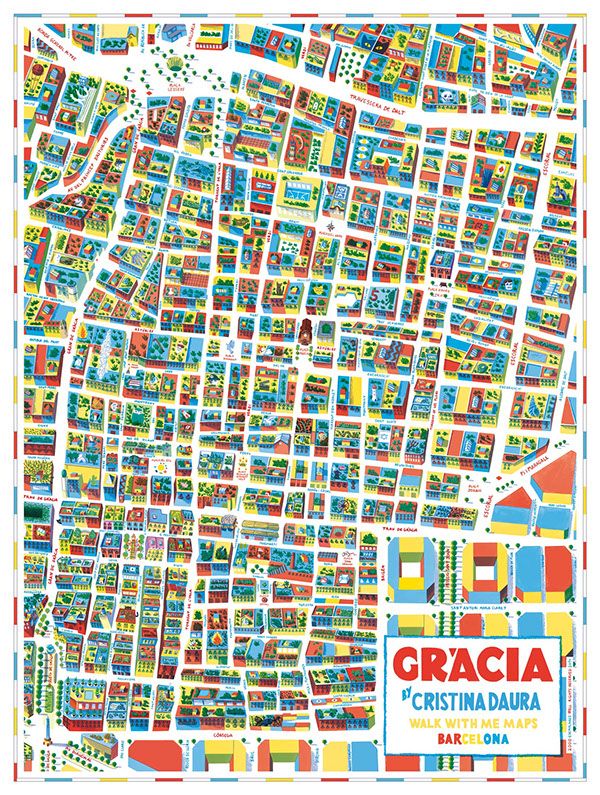
Barcelona is a city that survived the firefights of the civil war, hosted two World Exhibitions and the Olympics, revealed more than one talent and gave the world a string of books, films, paintings and amazing music. Barcelona is as bright and asymmetrical with its Gothic Quarter as the paintings of Picasso, perfectly flat with the Eixample district, like a musical staff, and completely unpredictable with its stormy but gentle sea, like the plots of films made about it.
If you come to Barcelona one day, you will definitely want to come back: you will leave a part of yourself in this elegant city. However, when leaving, you will not travel light: the sea beauty will definitely leave its mark on your soul and fill it with something special, prepared just for you.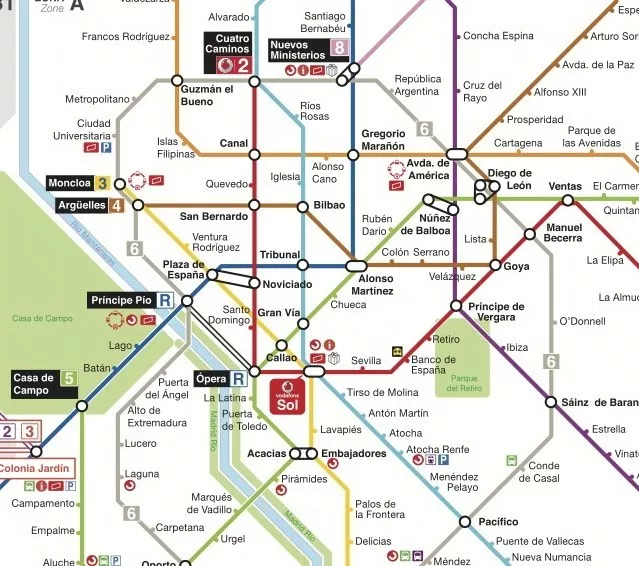
Introduction to Barcelona – some practical information
Barcelona is a witch, do you understand Daniel? It gets under your skin and takes possession of your soul, and you don’t even notice it.
Carlos Luis Safon, “Shadow of the Wind”
So, before you is the once Roman colony of Barcino, and now Barcelona, so complex and ambiguous, striving to confuse the labyrinths of its streets and play a cruel joke with the traveler. Well, you just need to prepare a little to tame it, and for this I suggest you dive into a small instruction on the use of this obstinate city that you have chosen for your trip.
By no means do I pretend to tell about the whole of Barcelona and everything in it. I won’t even try, but it’s probably impossible and not necessary. I will share what helped me when I just started exploring this city, and I will tell you about those places that I myself have been to and that have sunk into my soul.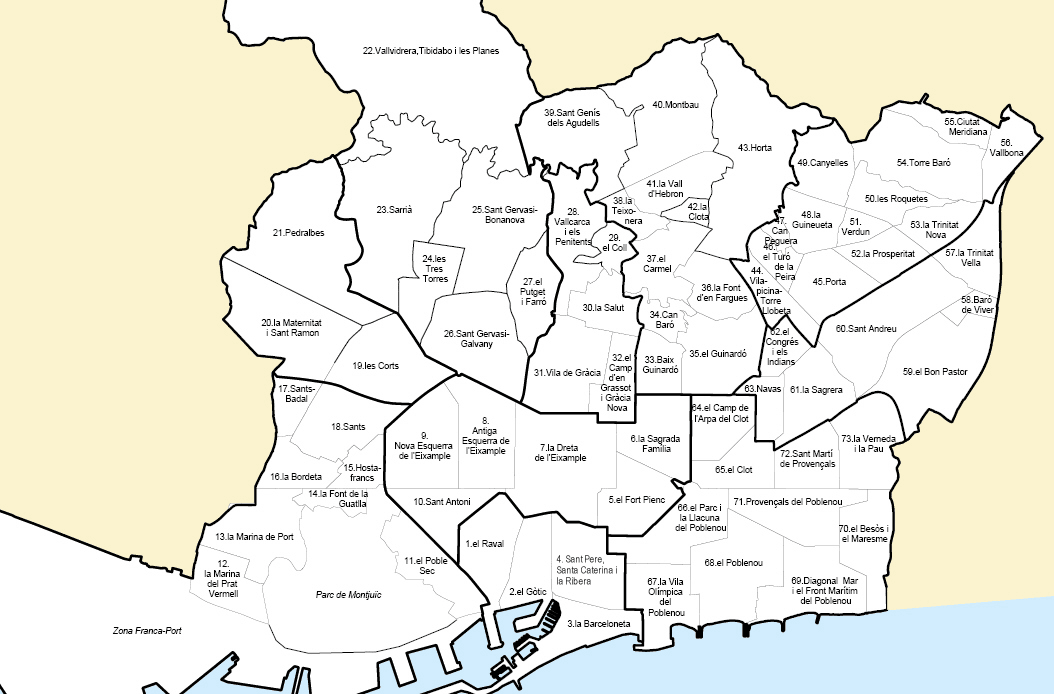
Barcelona Metro Map
Barcelona El Prat International Airport has two terminals. Terminal 1 accepts international flights, and Terminal 2 accepts flights within the European Union. A free shuttle runs between the terminals. Since recently, the city center can be reached from the airport by metro, which has a stop at both terminals. The L9 line has a final stop at the airport and a transfer station to the popular L1 line, following to Plaza Catalunya (Catalunya station).
Before the opening of the metro, the easiest, cheapest and fastest way to get to the center was by Aerobus. Today you can use it too. The bus will take you to Plaza Catalunya (Plaça de Catalunya) – the largest transport hub in Barcelona.
Plaça Catalunya – Barcelona’s main transport hub
Finding a bus stop at the airport or entering the metro is easy. Just follow the appropriate, intuitive signs.
You can of course use a taxi to get to the centre. Cars of different brands, but invariably painted in black and yellow, it is impossible to confuse with something else.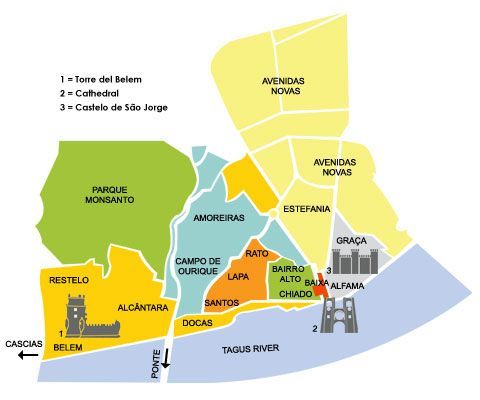
The first, purely mundane version says the following. Gradually, as the number of cars in Barcelona grew, so did the need to systematize their movement and existence. At 19In 24, the mayor’s office decided to streamline the work of rented carriages with a driver, or simply speaking, a taxi.
Drivers were required to put a white, red, or blue stripe on their car doors, depending on the fare per mile. During the 1929 World’s Fair, this division created rivalry and chaos, almost to the point of fighting. This was put to an end in 1934, when the mayor’s office approved a single, yellow stripe, which was most noticeable on a black background.
Black and yellow Barcelona taxi
According to the second, very reverent version, these colors are nothing but the colors of mourning and shame.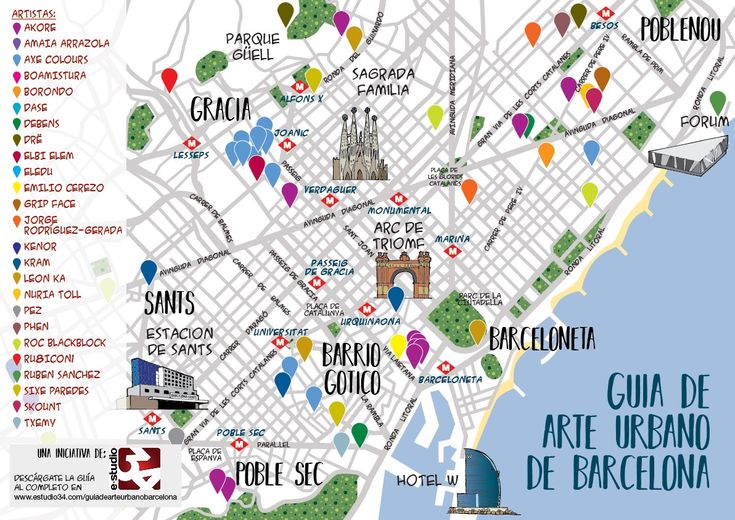
A few more words about Plaza Catalunya. This is one of the largest squares in the city. A lot of shops and hotels are concentrated around it, the most famous street in Barcelona, the Rambla, and the equally popular Passage de Gracia originate from it, and diving into the alleys that scatter from the square, you will plunge into the labyrinths of the Gothic Quarter.
In addition, as mentioned, Plaza Catalunya is the largest transport hub in the city.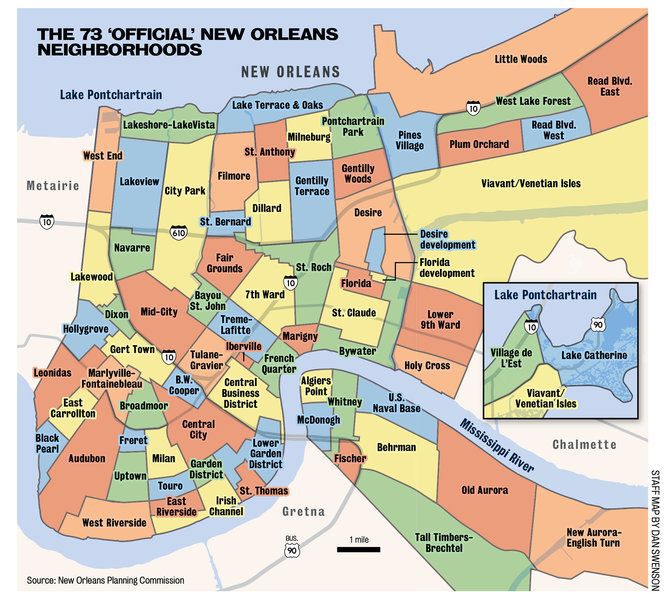
Buses to the airport
In order to confidently navigate the streets of the city, I traditionally recommend using the offline maps mobile application MAPS.ME. Thanks to him, you will have an offline map of Barcelona and its surroundings with navigation for free. It will help to build both a pedestrian and a car route. This is an absolutely indispensable application for a self-traveling tourist.
In addition, with the help of MAPS.ME, you can save points on the map (marks), thus marking the place of residence, stops along the route, places where you plan to go, and so on. Maps work via satellite and can always determine your current location.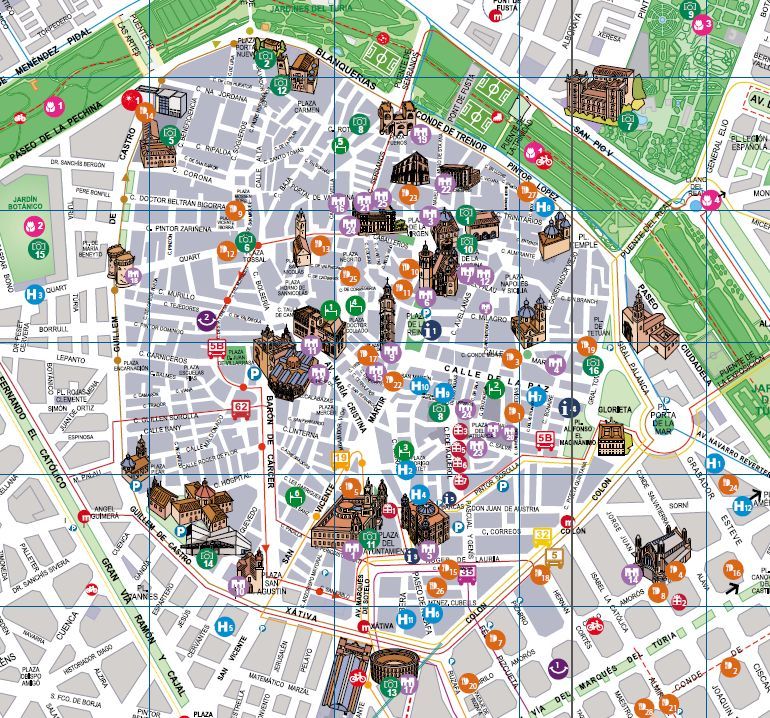
In the application, you can search for points of interest by address, but it will be even more convenient to find them by coordinates. Enter the coordinates directly into the search bar. At first, you will be informed that nothing was found for your request, but when the coordinates are entered in full, the location will be found and marked on the map with a blue dot. You will find the coordinates of all the brightest and most popular points in Barcelona in the guide that you hold in your hands.
To move around the city, you can use the highly developed metro network. Of course, when walking in the center, it is much more interesting to walk, and there are no significant distances there. But to more remote points, such as Park Güell, Mount Tibidabo or the El Carmel bunker, it is convenient to take the metro and save energy.
Navigating the Barcelona metro is easy. It was built according to the type of all European subways.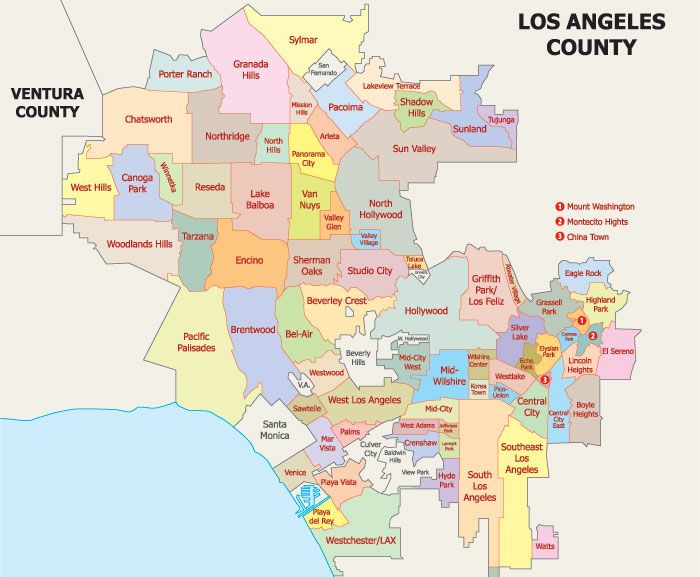
Before I finally plunge into the study of the history, mysteries and secrets of Barcelona, I will say a few more words about some of its areas. The oldest district of Barcelona is the Gothic Quarter. Originating from the sea and stretching all the way to Plaza Catalunya, it is full of narrow, curved streets, the labyrinths of which defy logic and order.
Until 1859, the area that is now considered the old city of Barcelona was surrounded by walls, but after the approval of the plan to expand the city, the walls were demolished. Many buildings of the quarter have survived from the Middle Ages. Winding through its streets, you can even see the remains of the Roman walls.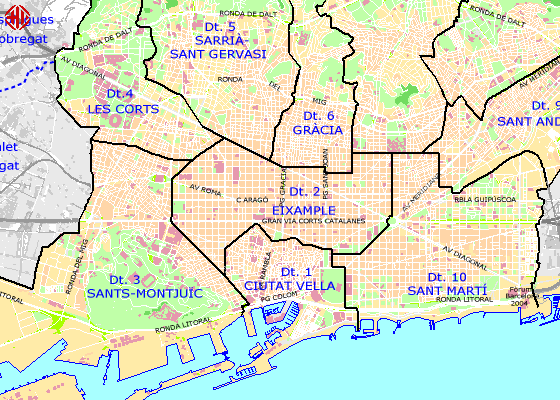
Most of the streets of the Gothic Quarter are pedestrian. They hide a wide variety of shops, bars and restaurants, but this is not even the main thing. The very walk through the mysterious nooks and crannies will give you great pleasure and vivid impressions.
Allow yourself to get lost and just wander around, succumbing to your own intuition, and when it’s time to find yourself, MAPS.ME will lead you out of the labyrinth. According to legend, under the narrow streets there is another world – secret catacombs that lie under the Gothic Quarter. Whether they actually exist to this day remains a mystery.
The most crowded street in the city, the Rambla, does not seem to belong to any district. She is so bright that she can afford to live her own life. But it separates the Gothic Quarter from the El Raval district: a clearer, but also quite chaotic part of the city, hiding world-famous sights on its streets.
On the other side of the Gothic Quarter is the La Ribera district.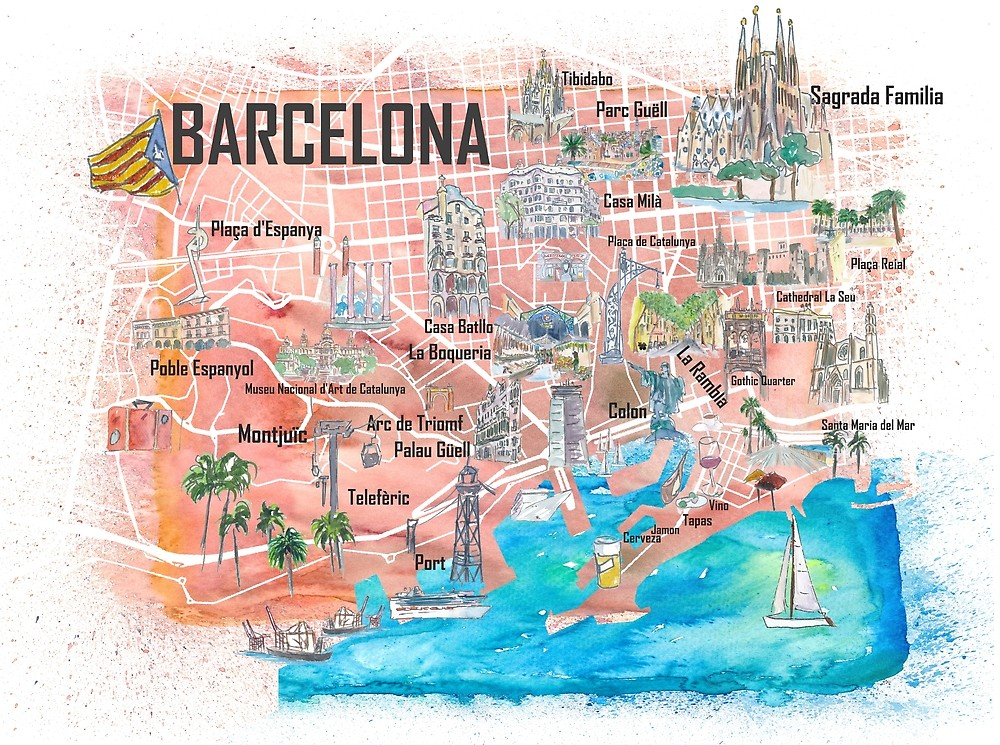
The hill of Montjuic, in turn, is a separate area of the city. Its height is 173 meters, so it is more conducive to admiring the views from its top than to measured walks. However, at its foot there are also a number of points worthy of attention.
Streets of the Gothic Quarter
In contrast to the chaotic Gothic Quarter, in 1859 the plan for the construction of the New Town, proposed by the engineer Ildefons Cerda, was approved and fully implemented. He gave Barcelona a completely unique district of Eixample.
Starting from Plaza Catalunya, the Eixample extends to the beginning of the elevation of the terrain, turning into the mountain range surrounding the city. The streets of the district are formed into even squares with beveled corners. If you look at it from above, it seems as if you are looking at even and clear rows of cubes, crossed out obliquely by Diagonal Avenue.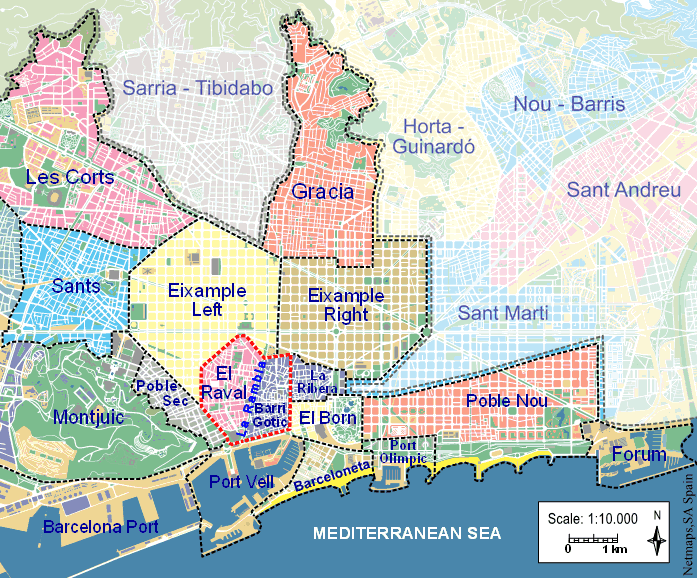
It is in the Eixample district that you will find the Passeig de Gràcia, the street where the brightest places of Barcelona are concentrated and, of course, the famous Quarter of Discord lurking on it.
Behind the Eixample begins the Garcia district, which is a quieter residential sector of the city. There are no more crowds of tourists here, and it is inhabited mainly by local residents, but you will find iconic places here too.
The most remote from the tourist trails, but still of interest, will be the Horta-Guinardo area. The best way to get here is by metro, and it’s worth coming here just for the sake of the remarkable points that you will learn about on the pages of this book.
Of course, there is also the seaside area with the best beaches – Barceloneta.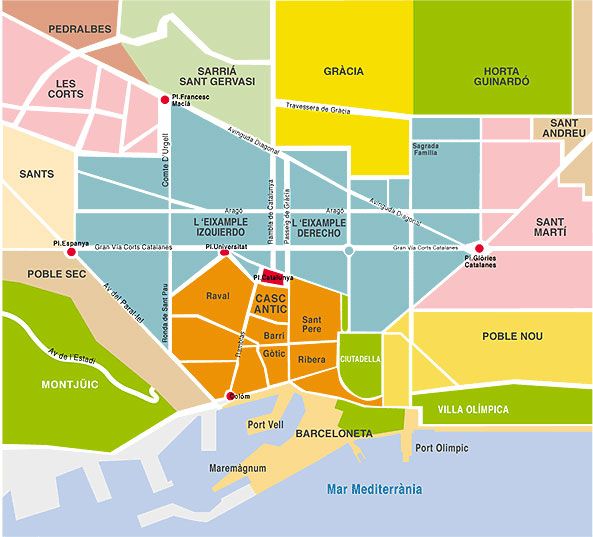
Historically, the area was inhabited by fishermen, which, of course, is explained by the proximity to the water. The sea – it would seem that this is already enough to attract attention, but looking ahead, I will say that on the beach you will find a monument with an amazing history.
The recognizable silhouette of the W hotel on the coastline
Barcelona has prepared a lot of interesting things for travelers and, having completed the dive into practical information, there is only one thing left: to plunge headlong into the stormy sea of streets, houses and parks, boldly storm the secrets and mysteries and climb into the farthest corners of the charming Mediterranean sorceress.
Little tips and tricks for those who are in Barcelona for the first time
From the airport to the city center you can get very quickly and inexpensively by bus. The stop is right at the airport, you can easily find it by following the signs.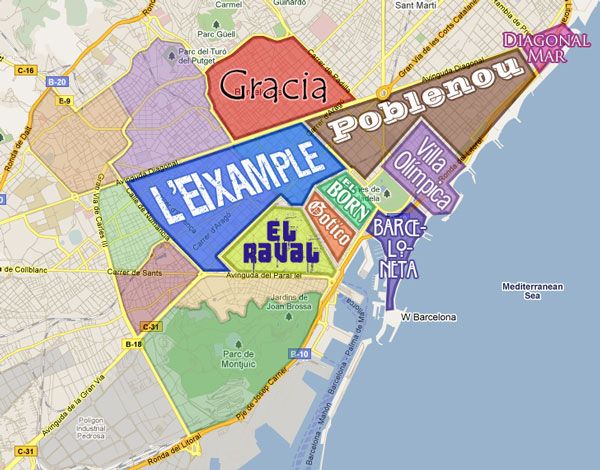
If you prefer the subway, since 2016 this opportunity has also appeared.
· The City Tour bus tour will help you get to know the city for the first time. Two detailed routes with an audio guide in Russian: a red double-decker bus with a breeze will take you around Barcelona. Don’t forget sunscreen, it will be sunny on the open roof!
If you have City Tour tickets from other cities, you will receive a discount.
· By the way, sights far from the city center, such as Park Güell or Mount Tibidabo, are very convenient to visit during an excursion on the City Tour bus. Its stops will be very close, and then you can continue the trip.
In addition, the City Tour bus gives out little red books full of advertisements. Do not rush to throw them away, because in the intervals between ads, discount coupons come across. For example, you can find a discount coupon for the funicular on Mount Tibidabo or for a visit to the Spanish Village.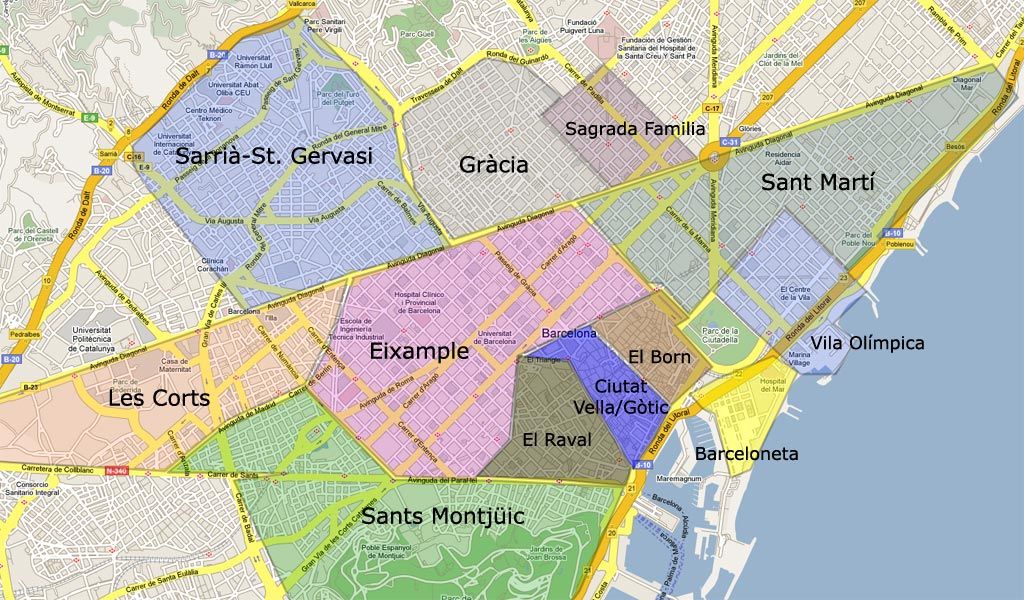
· We recommend buying tickets for the main attractions in advance. This will give you confidence that on the planned day you will definitely get where you wanted, and also save you from wasting time in queues.
The beach in Barcelona is crowded and not the cleanest – in a word, urban. If you want to take a break from architectural delights, from Plaza Catalunya, trains “to the sea” run directly from the metro. They go along the Costa Brava, where you can choose a wonderful beach and spend a wonderful day at sea.
· Coming to the beach with children, you must remember that people in Spain often like to sunbathe topless.
· Orta labyrinth park can be entered free of charge if you plan your visit on Wednesday or Sunday.
· On the Sagrada Familia website you can buy a combined ticket with a visit to Gaudí’s house in Parc Güell and save some money.
Can’t fit the whole façade of the Nativity of the Sagrada Familia through your lens? Walk around the square in front of the cathedral.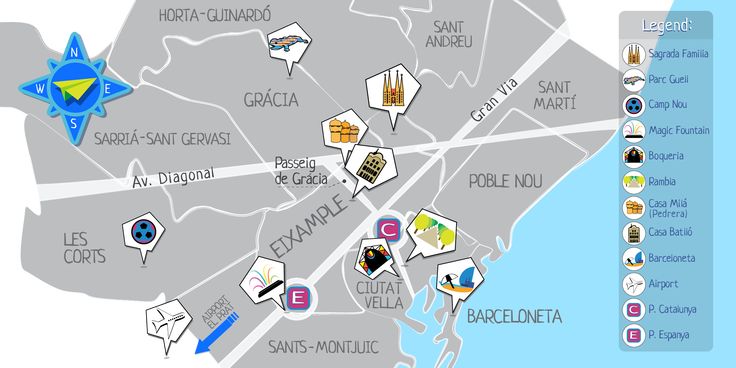
When buying tickets to Casa Mila on the museum website, you will receive a discount.
Did you know that excellent Spanish sangria can be bought in any grocery store in 1.5 liter plastic bottles for 3 euros?
· If you want to visit neighboring towns such as Valencia, it will be cheaper to do it by bus. However, remember that there are two bus stations in Barcelona. Be careful!
· Sagrada Familia towers will be an excellent observation platform. Did you know that you can climb them?
If you are going to visit Vicens House, Antonio Gaudí’s first major work, you will receive a 50% discount when you buy tickets online for Monday.
Barcelona Accents
“Travel leaves you speechless and then makes you a better storyteller”
Ibn Battuta
Rambla
Almost every major city has such a wonderful street, the name of which is strongly associated with the city itself.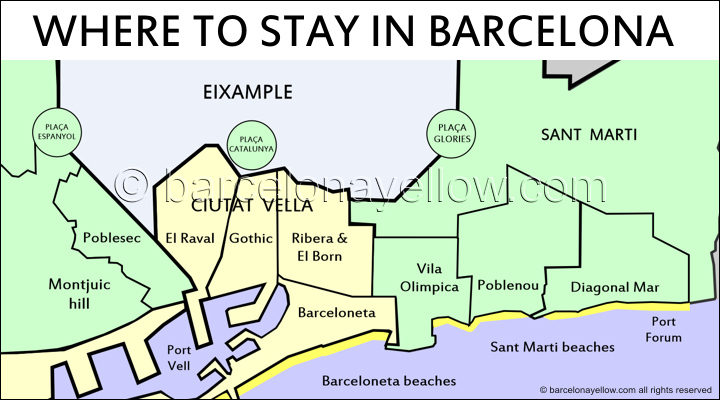
In Paris it is, of course, the Champs-Elysees, for the city of water streets – Venice – it is the Grand Canal, we cannot imagine London without Baker Street, and, of course, what is St. Petersburg without Nevsky Prospekt. There is such a street in Barcelona, and it is Las Ramblas, or simply the Rambla. If you have little time to immerse yourself in the atmosphere of the Mediterranean minx and try to learn its secrets, then a walk along the Rambla is exactly what you need.
Getting to know Barcelona at 95% of cases are the first to hear about Rumble. It is from this amazing street that the study of the city begins, immersion in its history and atmosphere. We say “Barcelona” – we mean “Rambla”, we say “Rambla” – and mentally we are transported to Barcelona. Starting near the sea, from the monument to Columbus, it goes to Plaza Catalunya.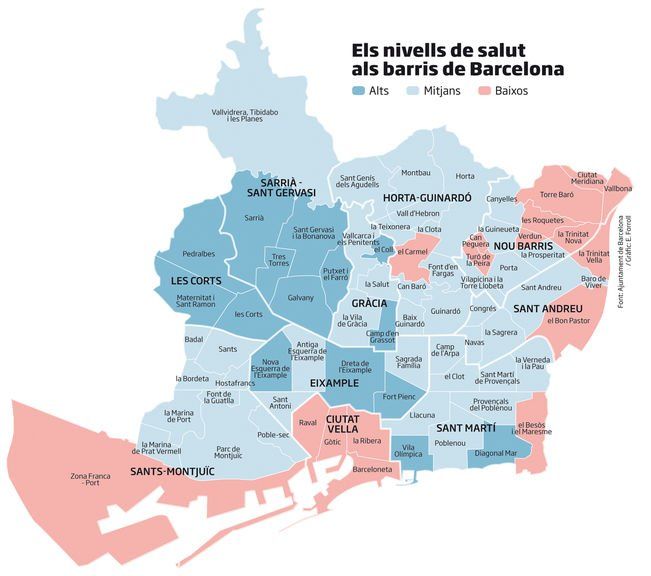
Vibrant life of the Rambla
The central part of the street is completely pedestrian. Lush plane trees growing on both sides protect from the sun on a hot day.
Life is always in full swing here, street musicians play, people scurry about, speaking loudly in all languages of the world. The calm and serene Rambla can only be seen early in the morning. Walking along this street, you can see all – or almost all – the color of Barcelona, and if you have enough time, then more than one iconic point on the map of the city is hidden behind the turns from the Rambla.
Living statue
Walking along the Rambla now, it is difficult to imagine the fact that once there was a canal in its place, through which sewage flowed into the sea. This stream bore the Arabic name Raml, from which the name “Rambla” came from. Now this street separates two areas of Barcelona: the Gothic Quarter (on the right, if you stand with your back to the sea) and Raval.
You will be greeted by living statues frozen in the most unimaginable positions and coming to life at the most unexpected moment. Dragons, mummies, angels – you will not meet anyone on the cobbled pavement of the Rambla. For a photo with a statue, they will be asked to gild the pen, and having received a reward, the “monuments” will gladly begin to pose.
An interesting fact: not everyone can work as a “monument”. To be a living statue on the Ramblas, you need to get a license from the Barcelona City Hall, which, in turn, is also not given to everyone. It is necessary to have as many as two diplomas of education: in performing arts and in plastic arts.
Of course, all kinds of cafes and restaurants have opened their umbrellas almost along the entire street, where you can eat or drink a glass of real Spanish sangria of a very impressive size. In addition, you will meet a variety of souvenirs, street artists, flower shops and even small bird markets.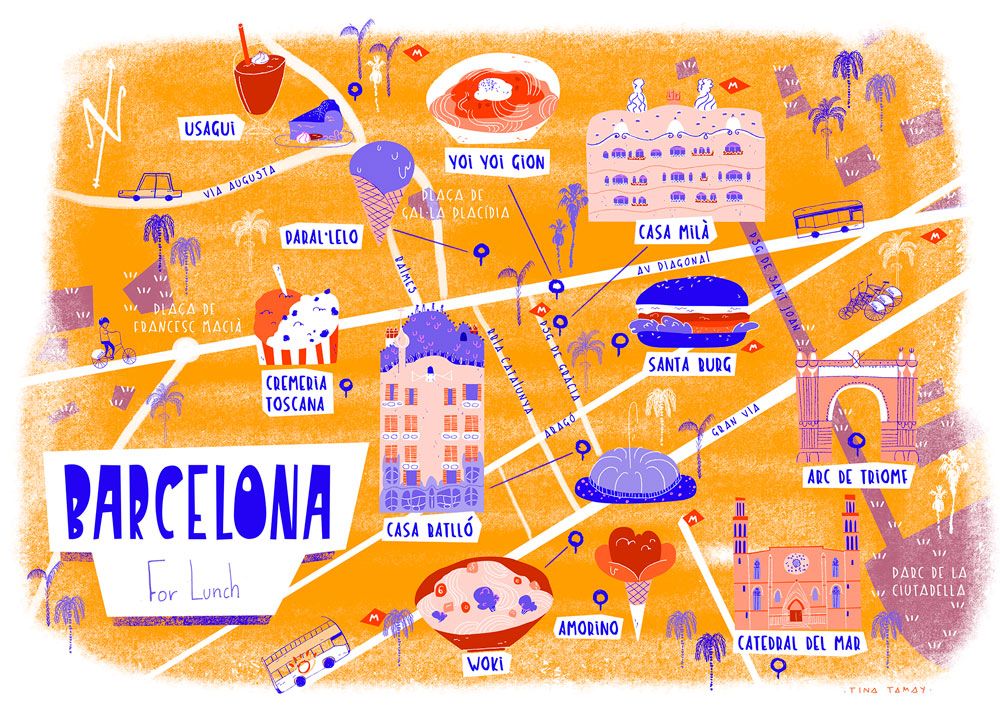
Mosaic by Joan Miro
Walking along the Las Ramblas, you can walk right over an art object without even noticing it. A little before reaching the Boquería market, opposite the square of the same name, if you go from the sea, right under the feet of hundreds of tourists who visit the Rambla every day, a mosaic of Joan Miro, a Catalan artist, sculptor and graphic artist, was laid. He chose this place not by chance: his home is not far away (on Passatge del Credit boulevard). Look under your feet, and your eyes will definitely not miss the bright colors of the mosaic.
Mosaic coordinates 41.381169, 2.173269.
In fact, Rambla is not so messy, it has its own logic and sequence, and all the accents are in their places.
It turns out that the Rambla is unofficially divided into five parts. The first, La Rambla de Canaletes, starts at Plaza Catalunya and bears its name from the Canaletas Fountain, which welcomes tourists who begin their acquaintance with the Rambla from this end.

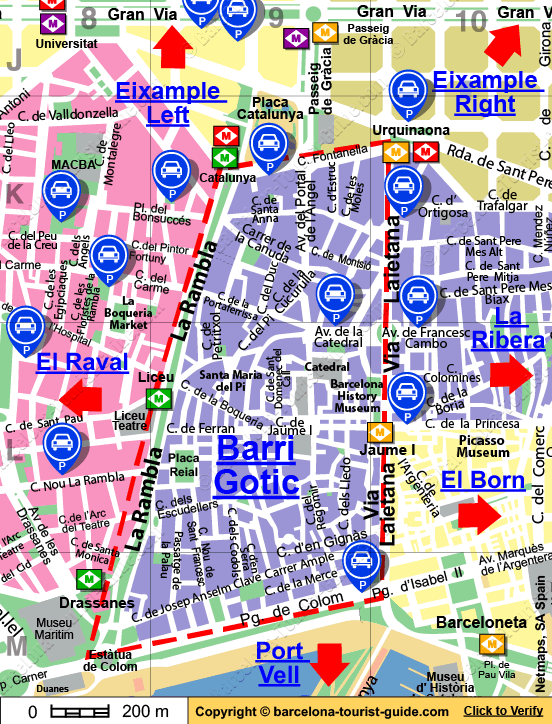 You can still see the damaged walls of the buildings on this plaza. It reminds us of the Spanish Civil War and the many lives it took. You can find a small sign placed on the square for the victims of this tragic night.
You can still see the damaged walls of the buildings on this plaza. It reminds us of the Spanish Civil War and the many lives it took. You can find a small sign placed on the square for the victims of this tragic night.  Here you can check when the next performances take place (completely for free!)
Here you can check when the next performances take place (completely for free!)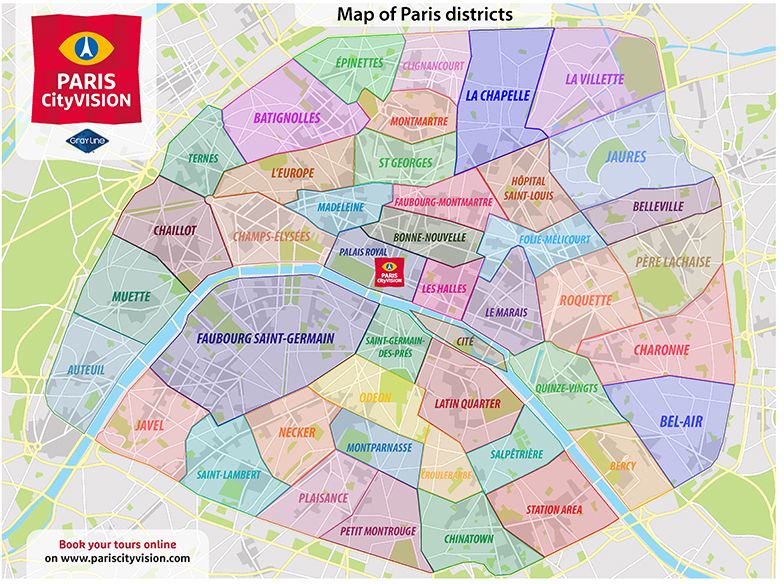 10 Mb)
10 Mb)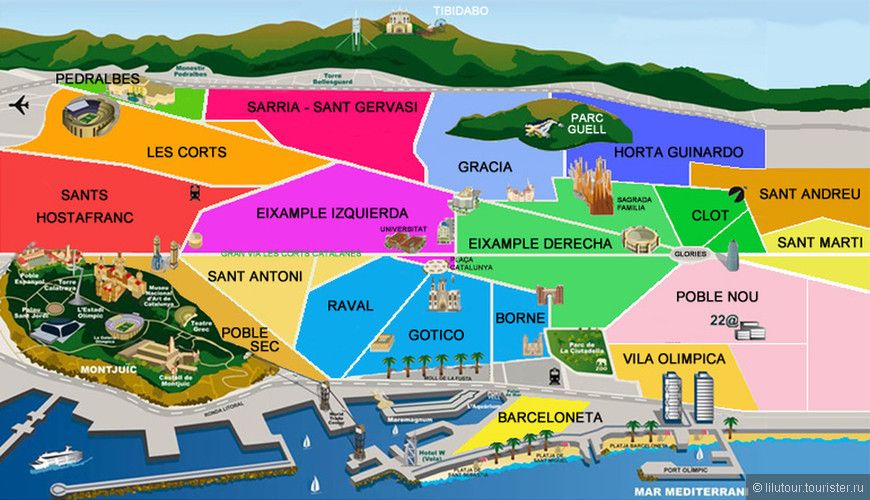 After a referendum was held in K. on October 25, 1979, the charter on its autonomy was approved.
After a referendum was held in K. on October 25, 1979, the charter on its autonomy was approved.  Vost. Spain, in Catalonia, adm. center of the province of Barcelona. One of the largest ports on the Mediterranean, a junction of s-c and highways, an airport. OK. 2 million. Zh. (1975). Important prom. center of Spain. The main branches of industry are: machine-building (engines, machine tools, locomotives, aircraft, etc.) and shipbuilding; chemical, text, food. Enterprises of electrometallurgical, electrotechnical branches. Important trade. and fin. center. One of the stories and cult. centers of the country, in particular nat. culture of Catalonia. University (from the 15th century), a number of other universities, sciences. institutions, museums, theaters. The World Exhibitions of 1888 and 19 took place in B.29. Founded. in 3 st. BC e. Excursions in Barcelona: architectural monuments: the church of San Pablo del Campo (founded in the 10th century), the Gothic cathedral (+1298 – 15th century), the stock exchange (1380-92), the Guell Palace (1885-89) and Church of the Sagrada Familia (begun 1884; both – architect A.
Vost. Spain, in Catalonia, adm. center of the province of Barcelona. One of the largest ports on the Mediterranean, a junction of s-c and highways, an airport. OK. 2 million. Zh. (1975). Important prom. center of Spain. The main branches of industry are: machine-building (engines, machine tools, locomotives, aircraft, etc.) and shipbuilding; chemical, text, food. Enterprises of electrometallurgical, electrotechnical branches. Important trade. and fin. center. One of the stories and cult. centers of the country, in particular nat. culture of Catalonia. University (from the 15th century), a number of other universities, sciences. institutions, museums, theaters. The World Exhibitions of 1888 and 19 took place in B.29. Founded. in 3 st. BC e. Excursions in Barcelona: architectural monuments: the church of San Pablo del Campo (founded in the 10th century), the Gothic cathedral (+1298 – 15th century), the stock exchange (1380-92), the Guell Palace (1885-89) and Church of the Sagrada Familia (begun 1884; both – architect A.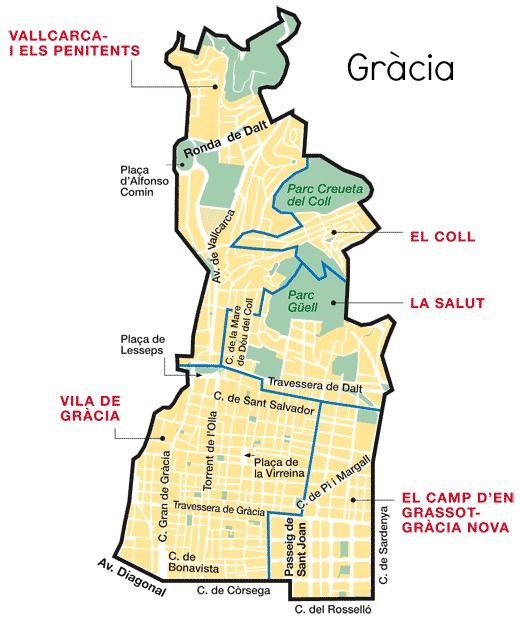 Gaudí). Among the new buildings: the SEAT automobile plant (1954-56, architect R. de la Hoya and others), the House of the College of Architects (1963) with a frieze based on sketches by P. Picasso.
Gaudí). Among the new buildings: the SEAT automobile plant (1954-56, architect R. de la Hoya and others), the House of the College of Architects (1963) with a frieze based on sketches by P. Picasso. 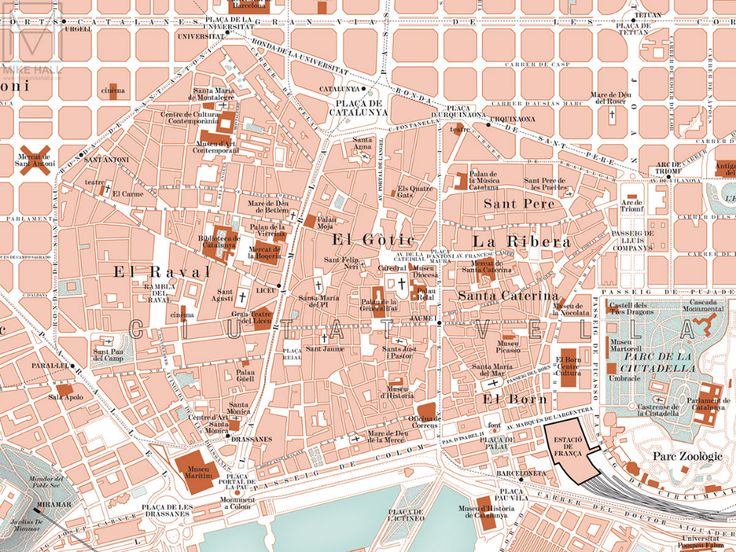 ”
” 